Have any dandelions blooming in your garden? Try these tasty cookies made with dandelion blossoms.
The Guiding Principles of Reggio Emilia:
Children are active participants in their learning. Children are highly capable, curious learners, who are supported in developing and following their own interests. Most of our projects are inspired by what the children are naturally interested in learning about. We learn what they are interested in by observing their interests and documenting their activities.
Other open ended types of materials may include a collection of wooden blocks, scraps of fabric, a basket of scarves, ceramic tiles or mosaic glass pieces, cardboard tubes, or any other type of material that children may be interested in.
One of the best ways to determine ideas for study is by listening to the questions your children ask, or observing them while they are playing. Perhaps they said “It is so cool that water turns into the shape of my bucket when I pour it.”, or “why don’t you ever see raccoons in the daytime?”. These simple conversations can lead to some of the best lessons you can do with your child. Stock your work area up with books about matter or nocturnal animals. Follow your child’s lead.
Once you have stumbled upon a topic that seems to grab your child’s attention, look for ways for them to explore it. Provide them with materials that can deepen their understanding and allow them to express themselves in one of the one hundred ways!
Check out this free course we did on our last teacher development day:
http://www.thirteen.org/edonline/concept2class/inquiry/index.html
Look for the Reggio elements in our latest explorations this month... how many ways can we express a flower?
We have been exploring the color wheel to learn how different colors mix together and then mixed colors to dye a variety of flowers.
"Which colors will work the fastest? Which flowers will have more color? Why do the flowers change color?"
"I can see the pink bubbles!"

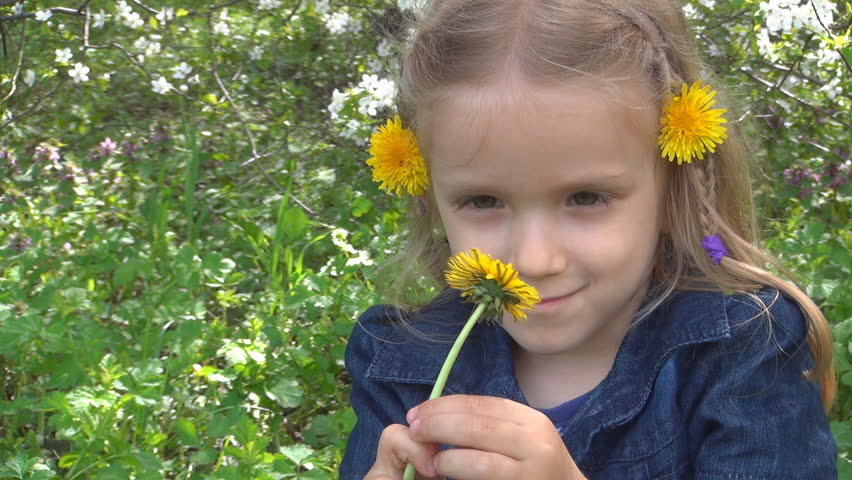
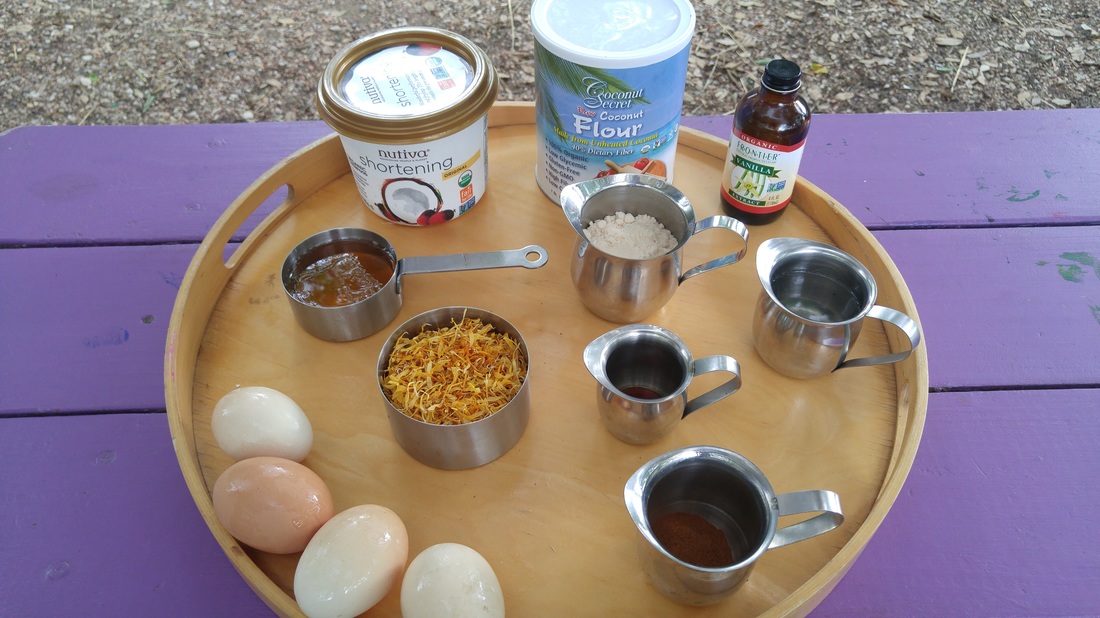
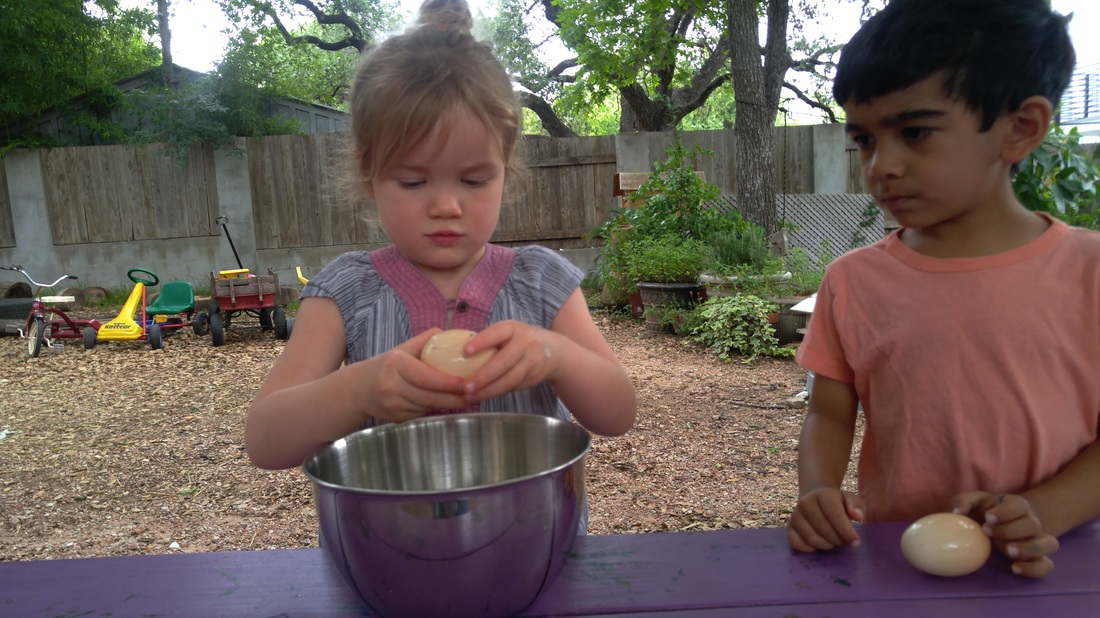

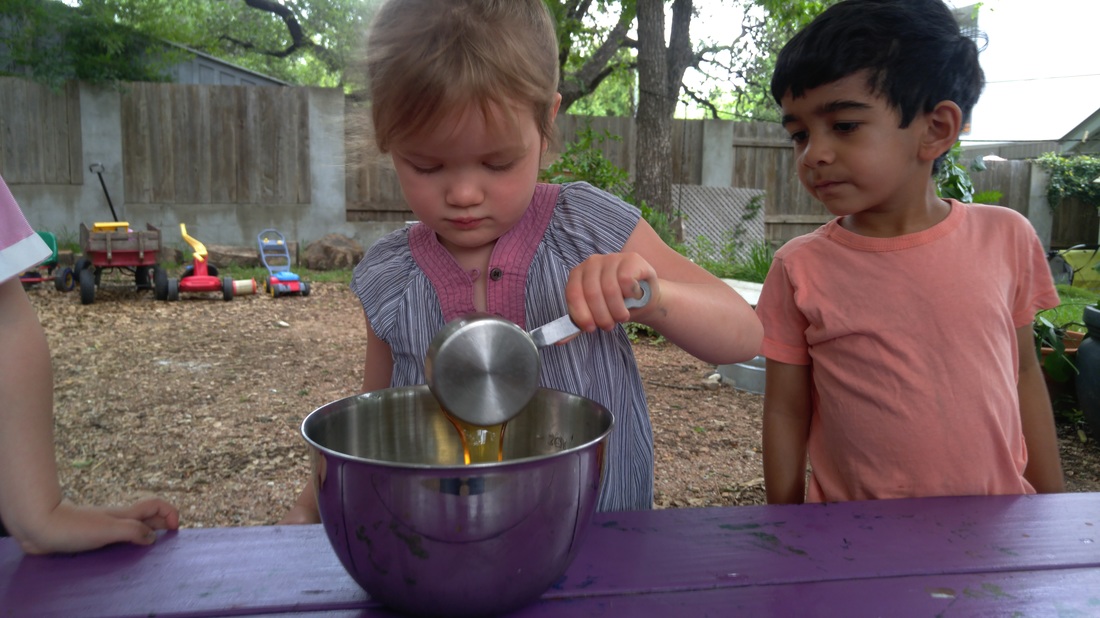
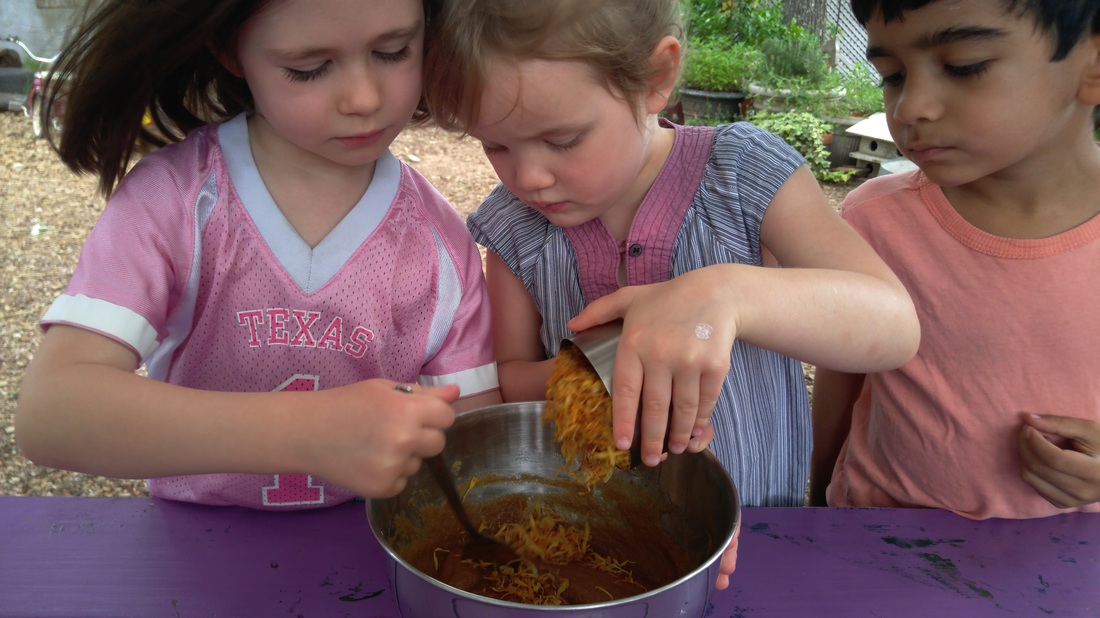
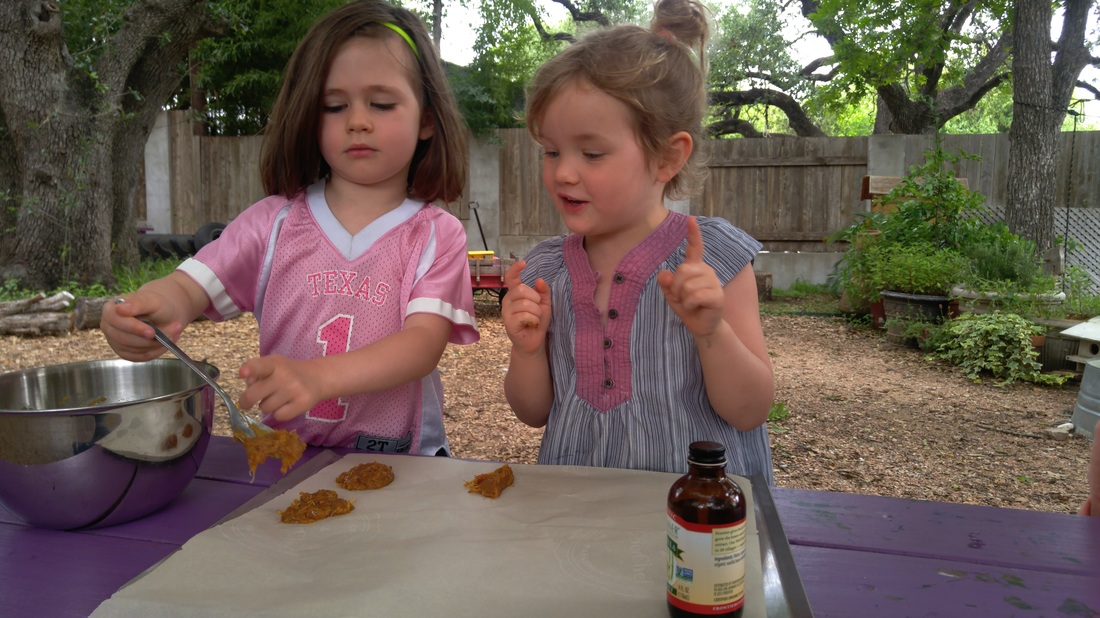
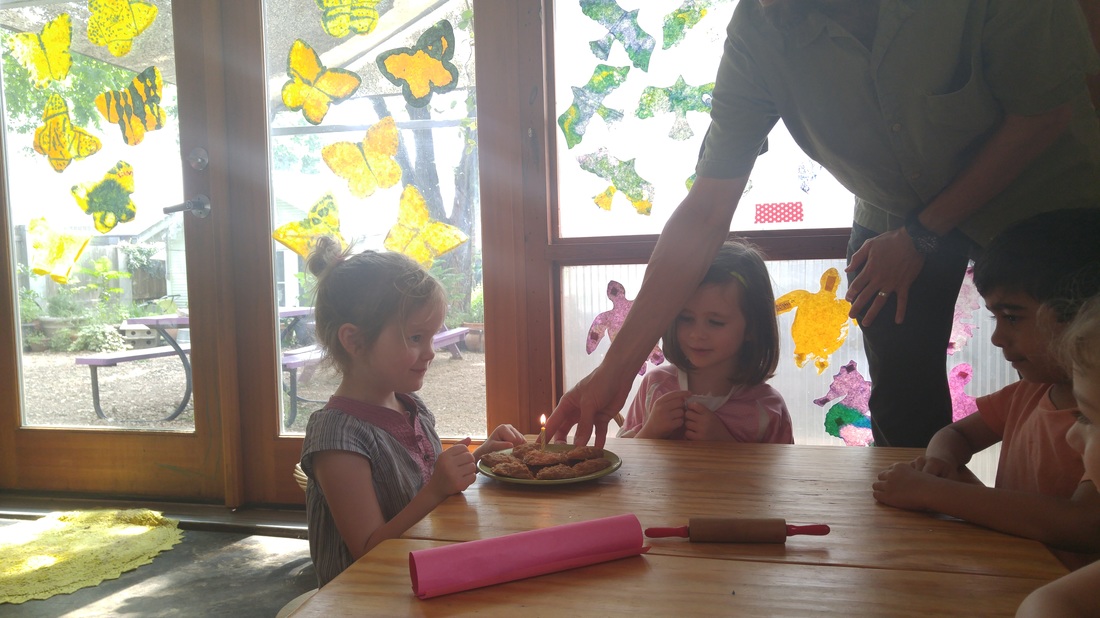
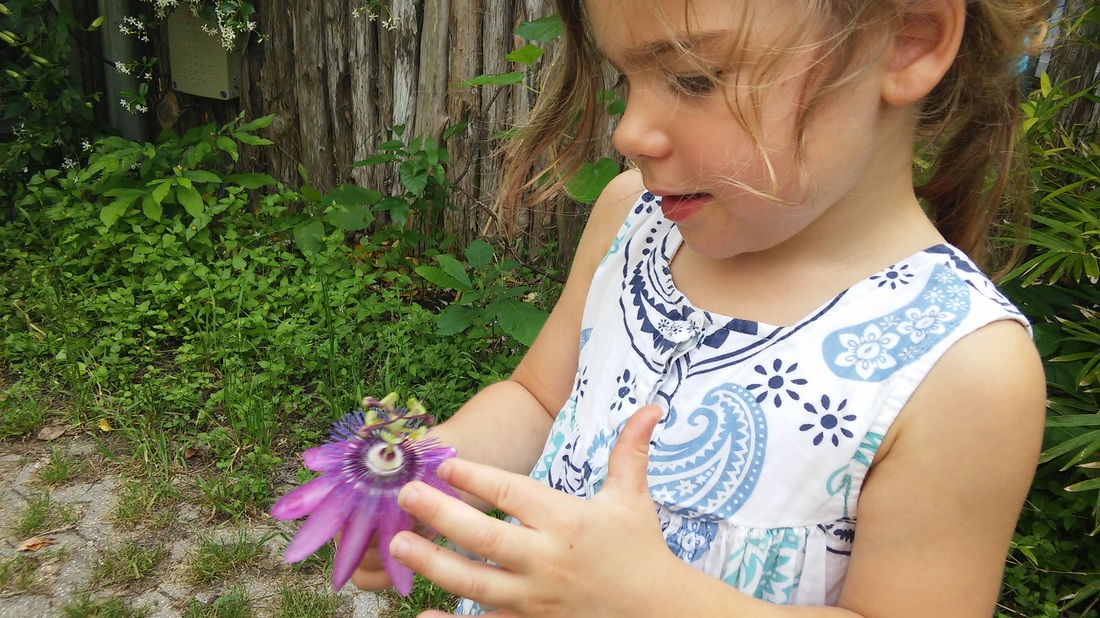
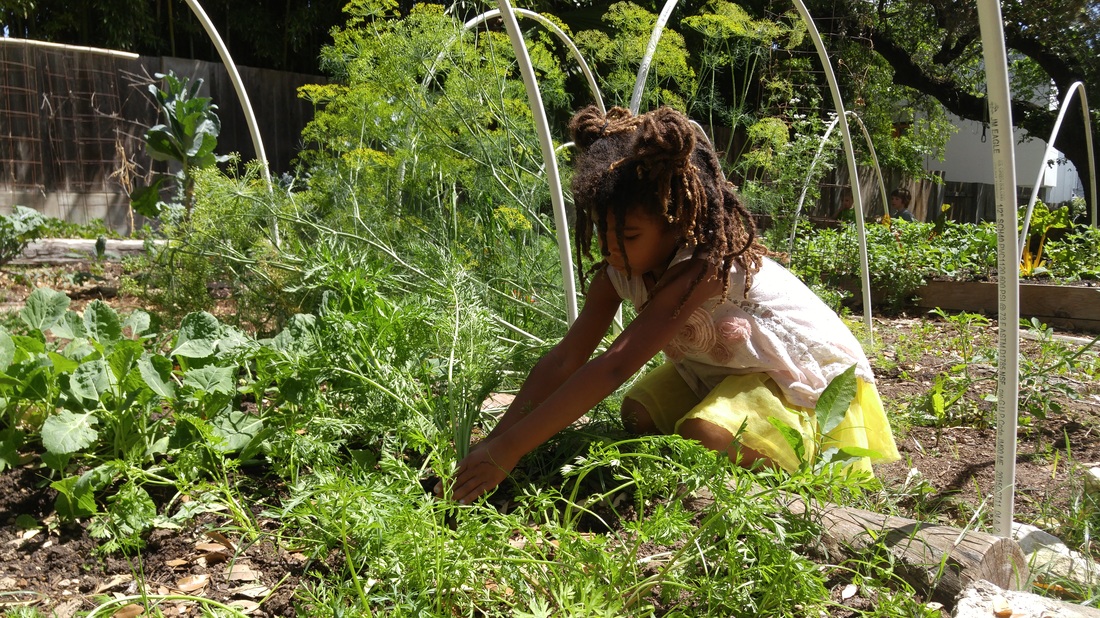
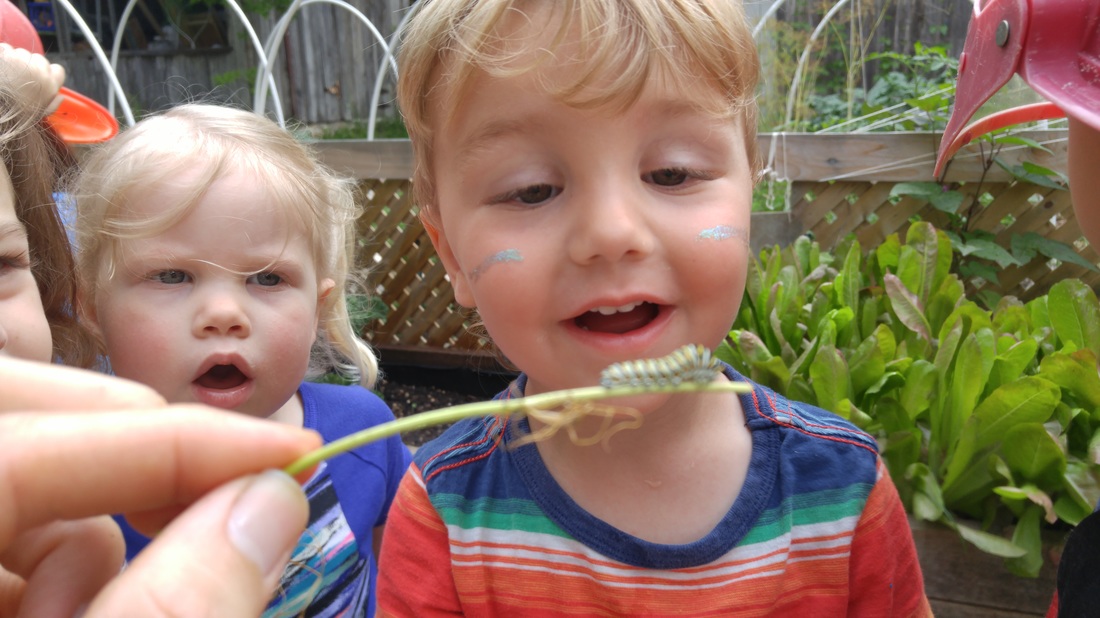
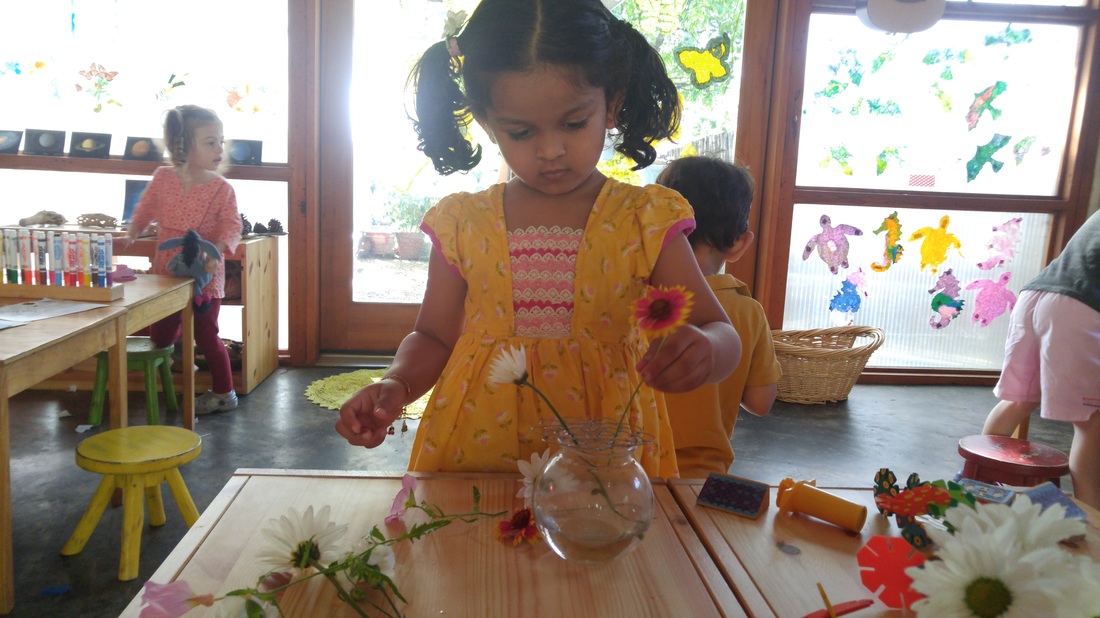
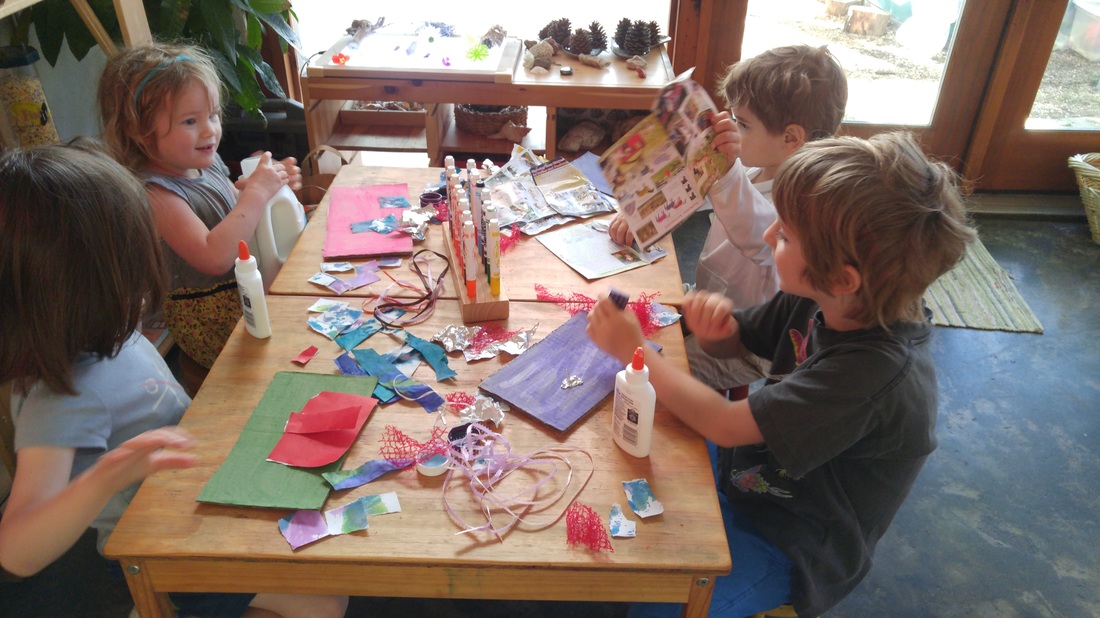
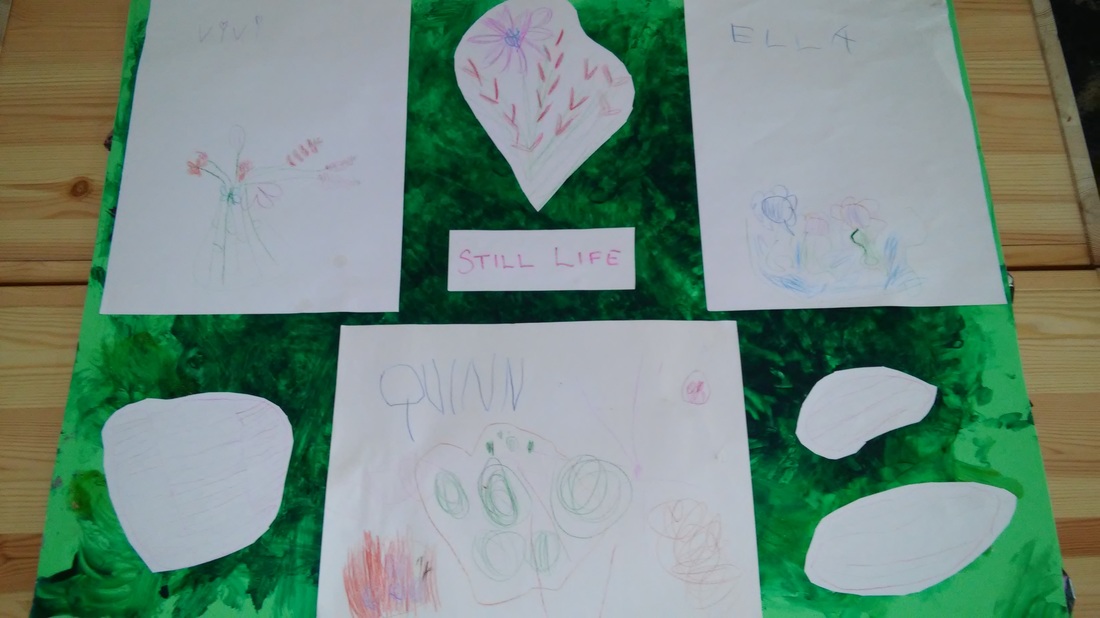
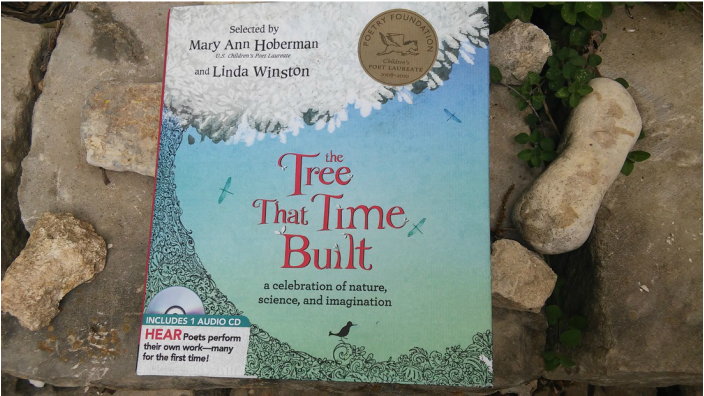
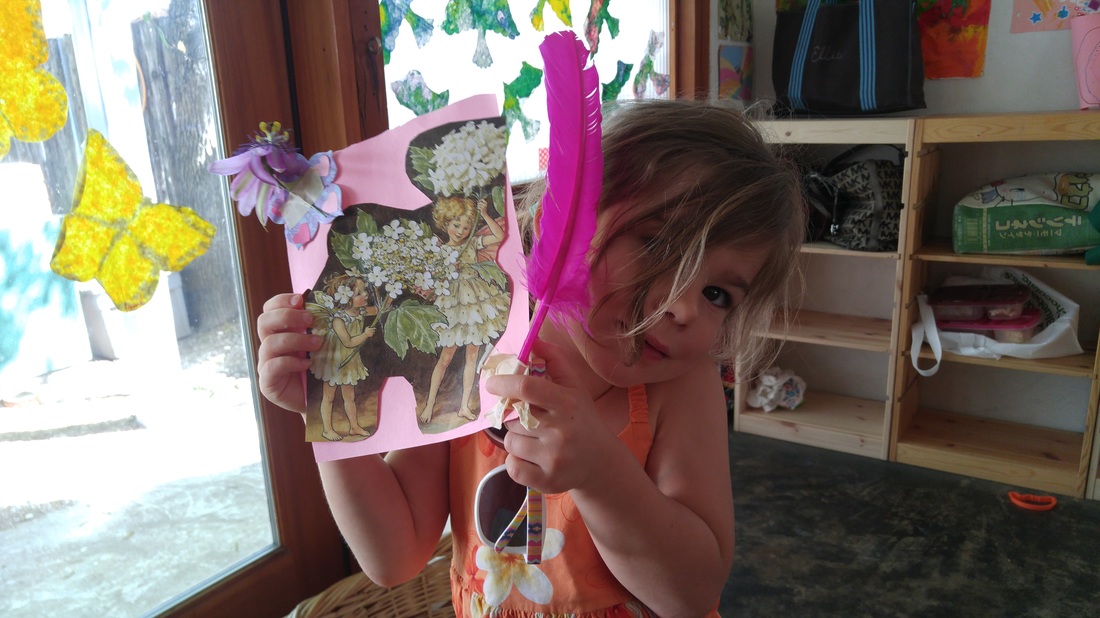
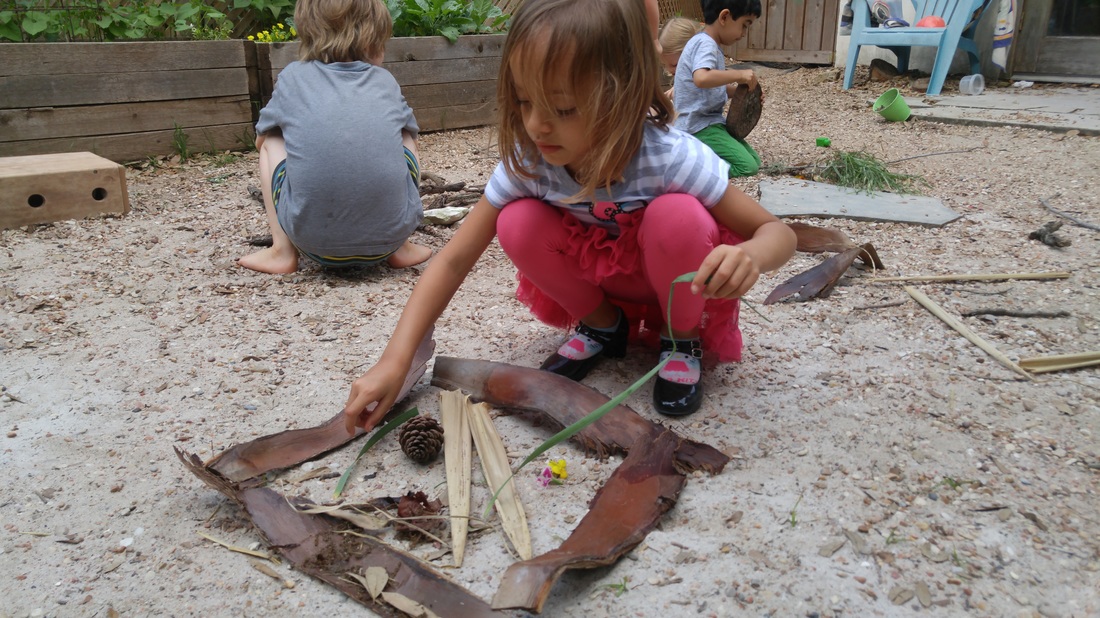
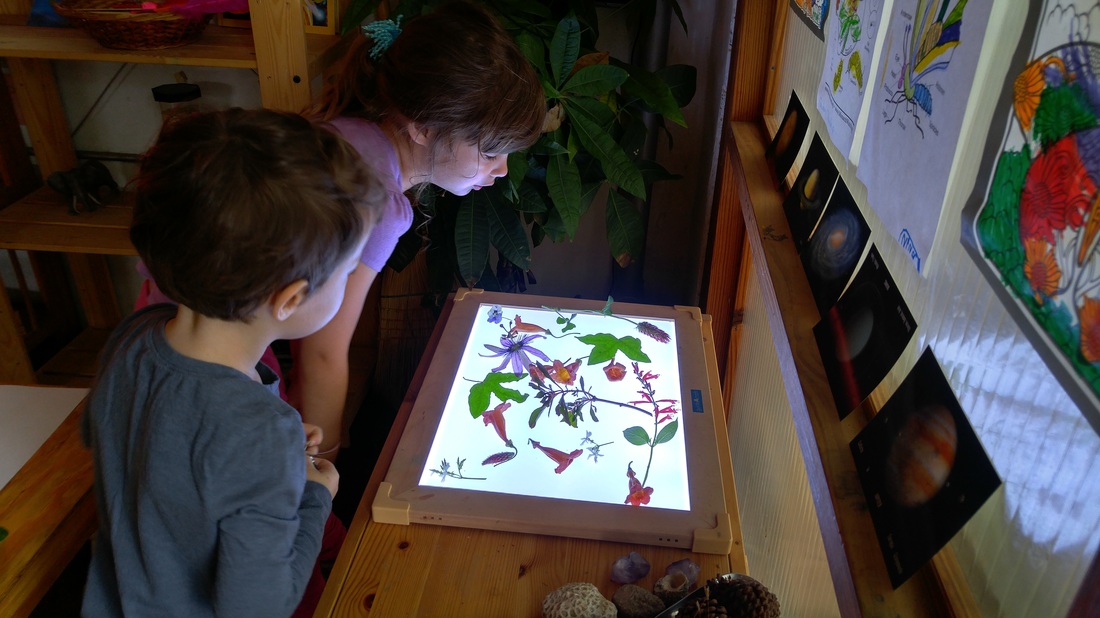
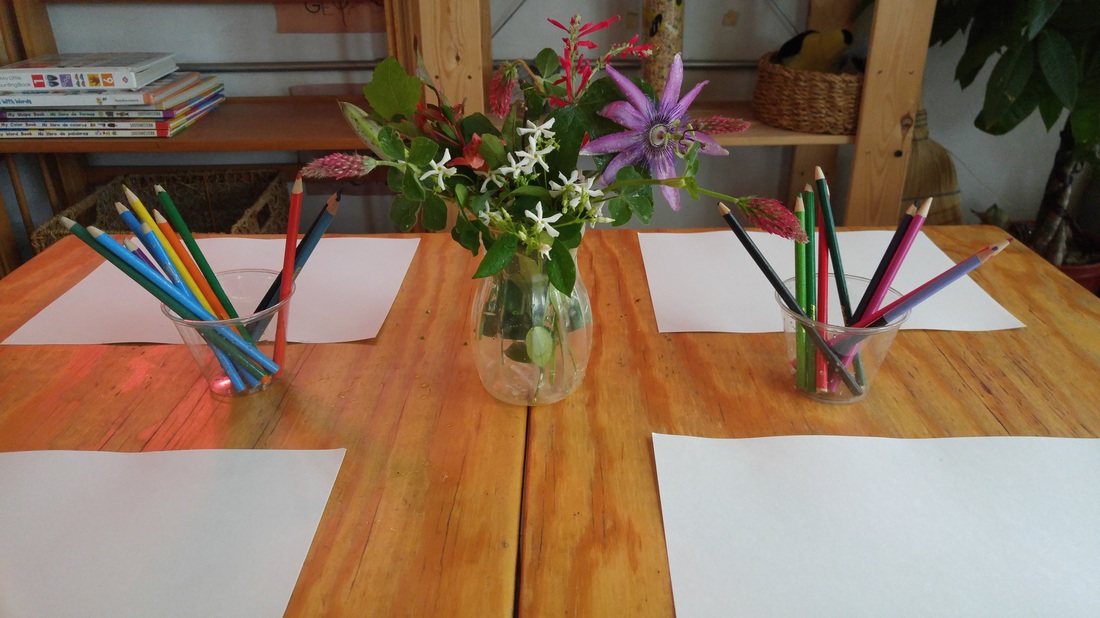
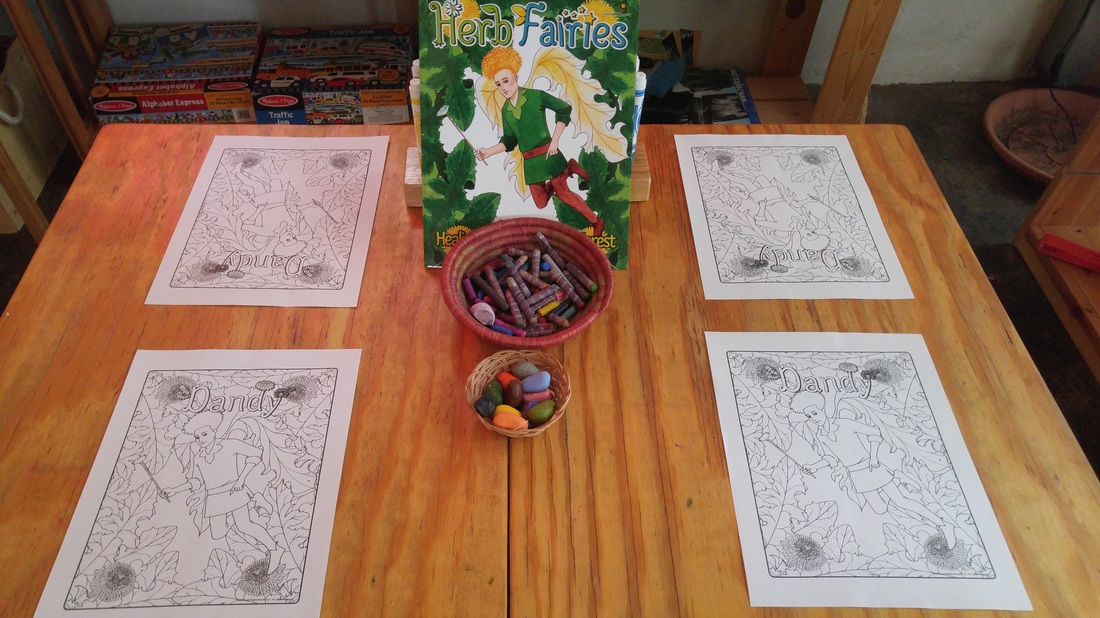
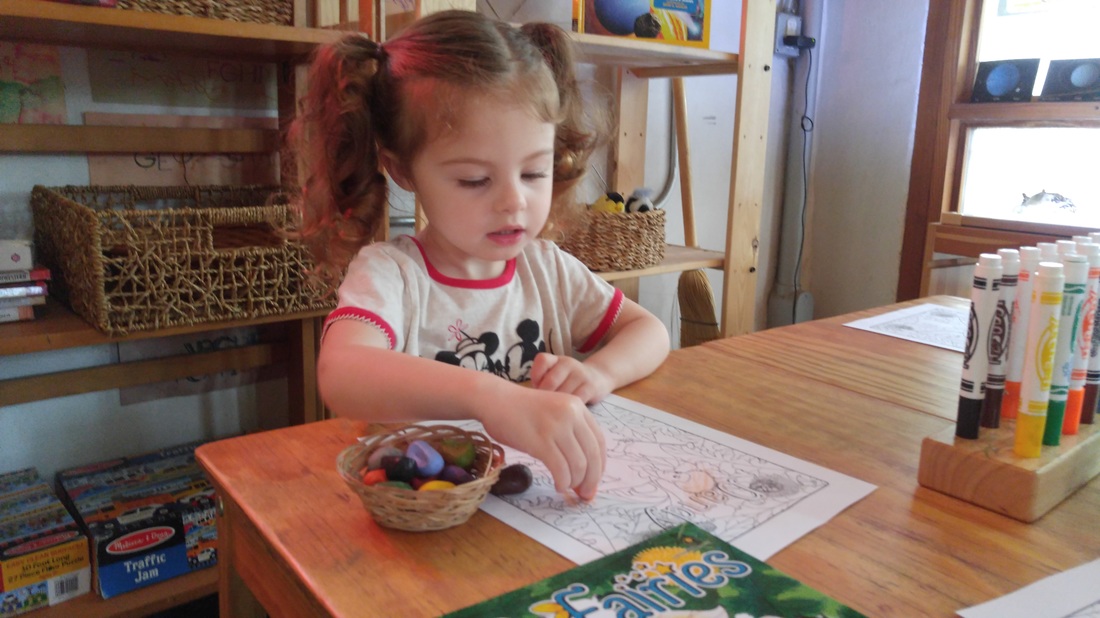
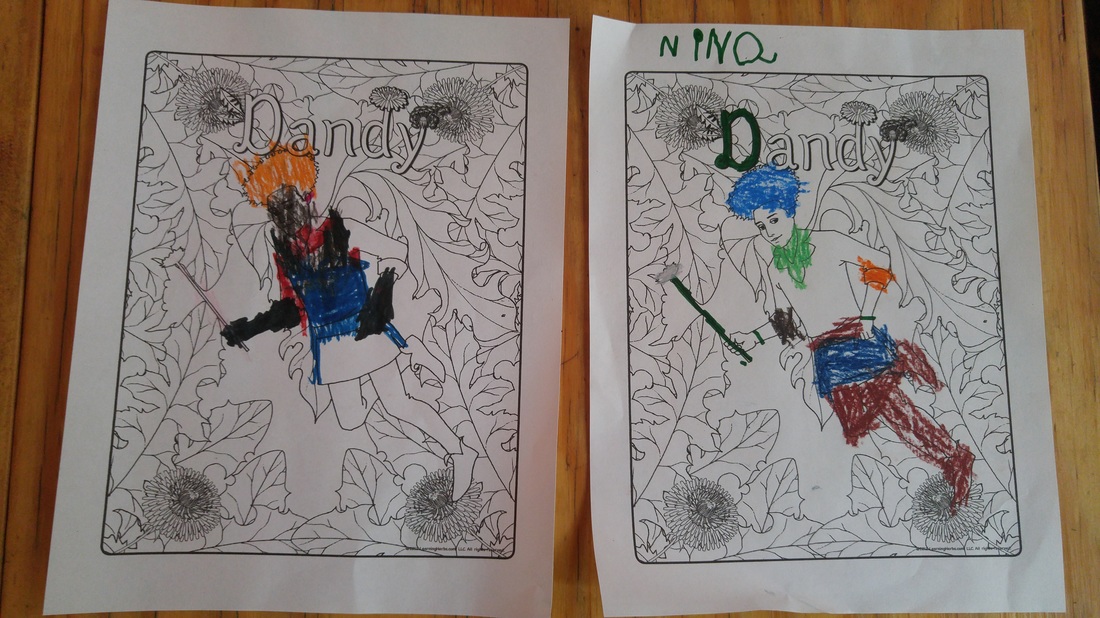
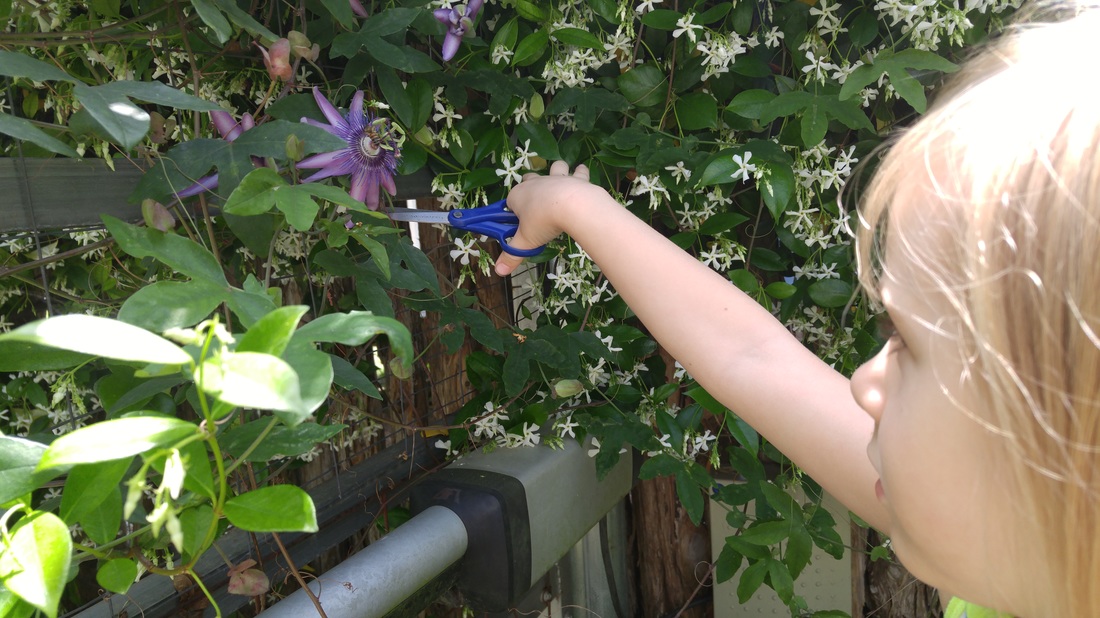
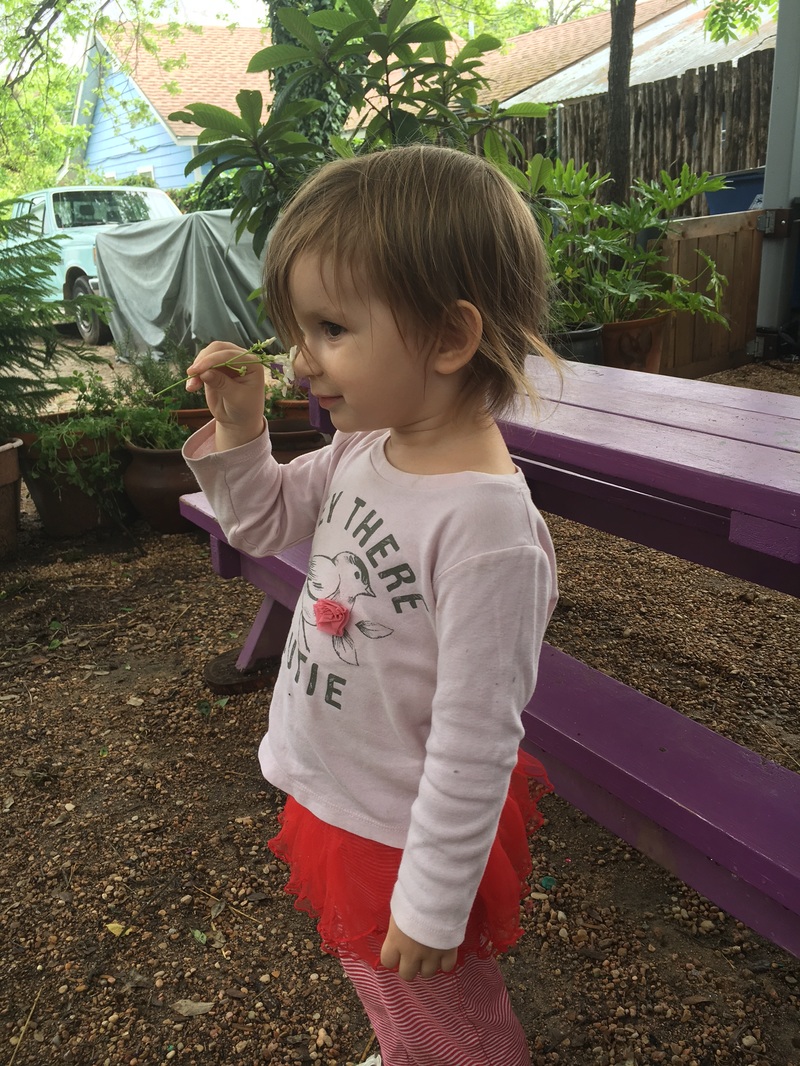
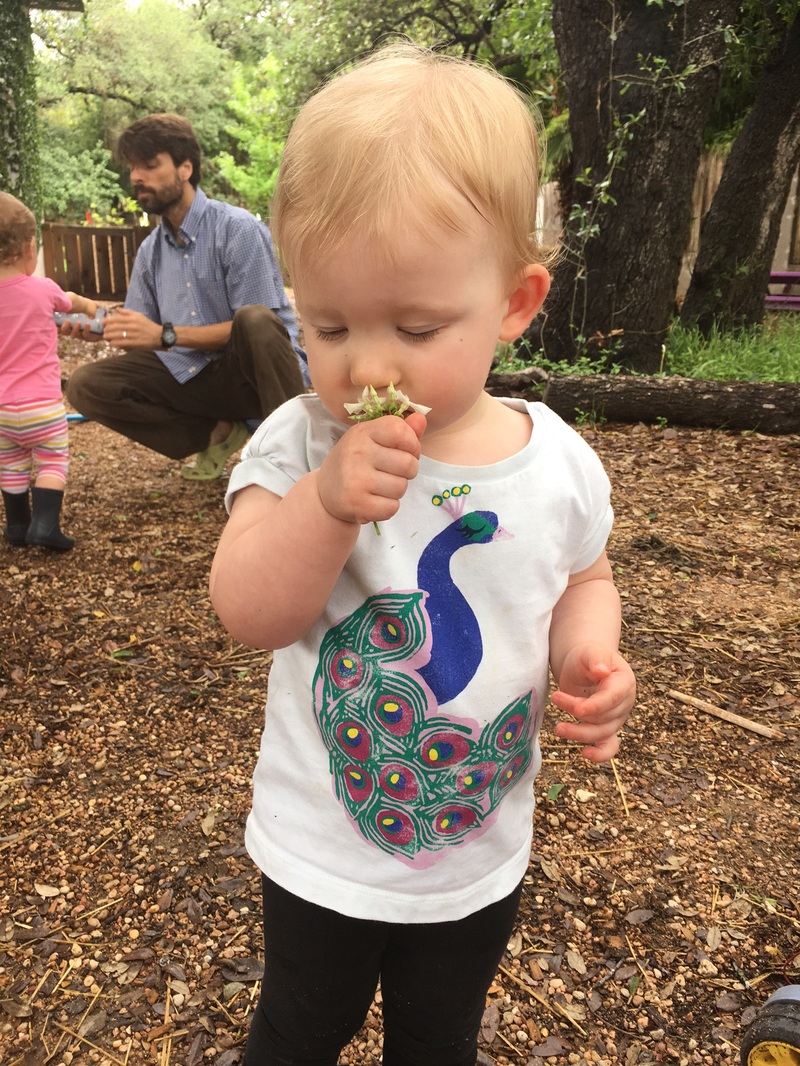
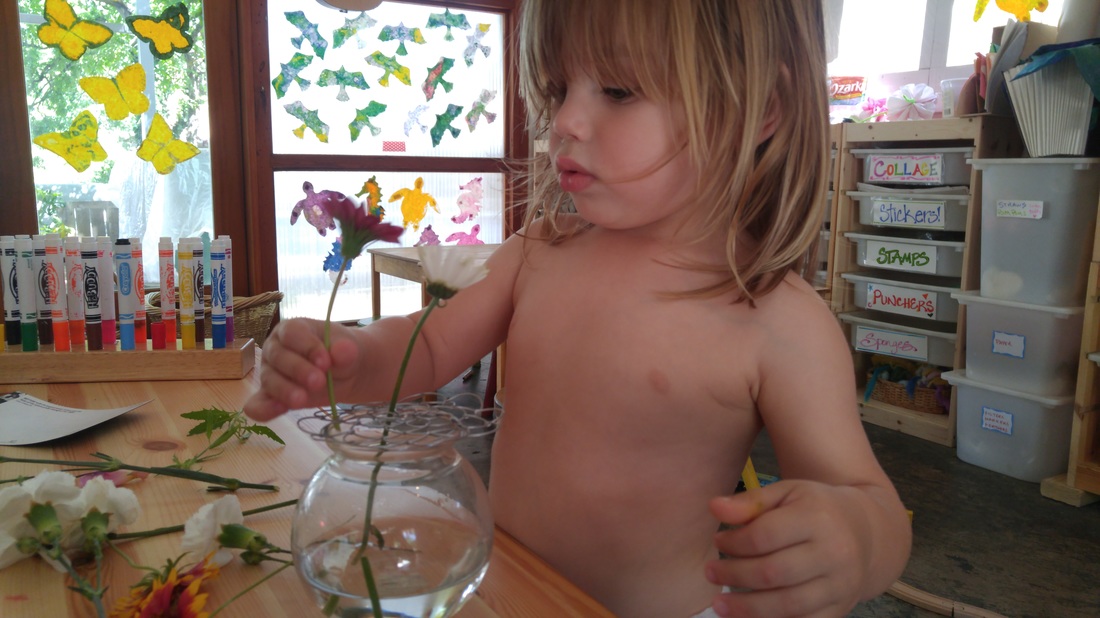
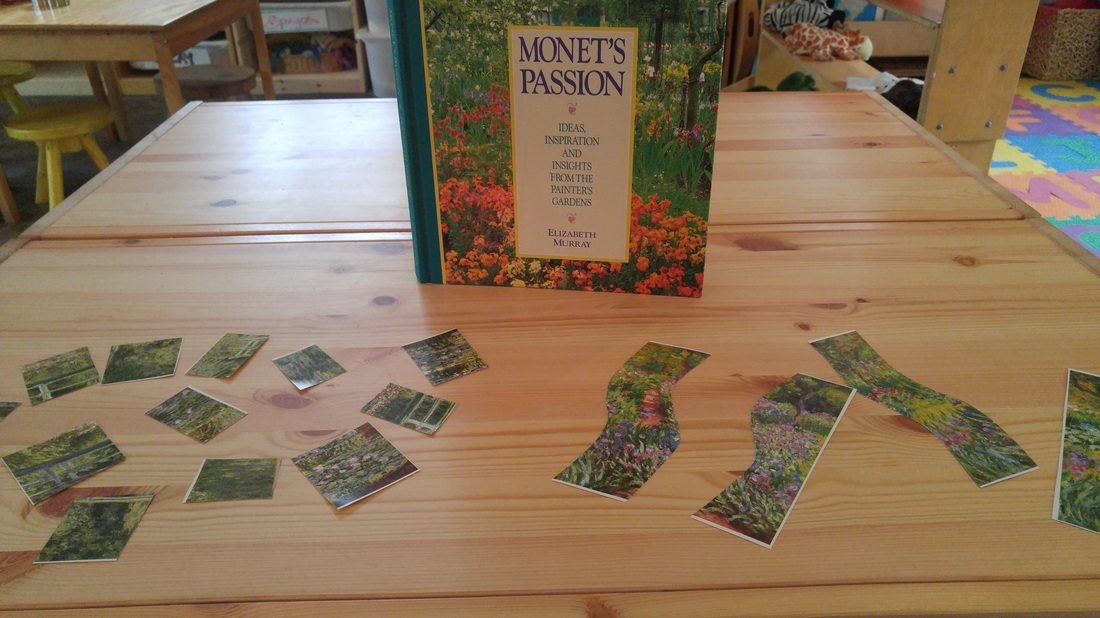
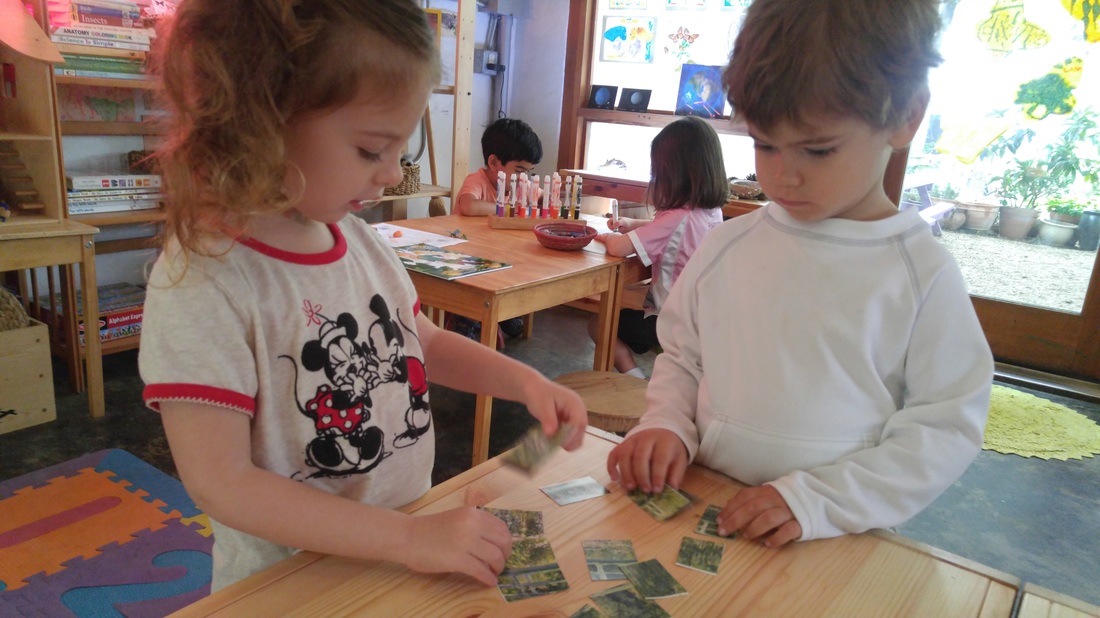
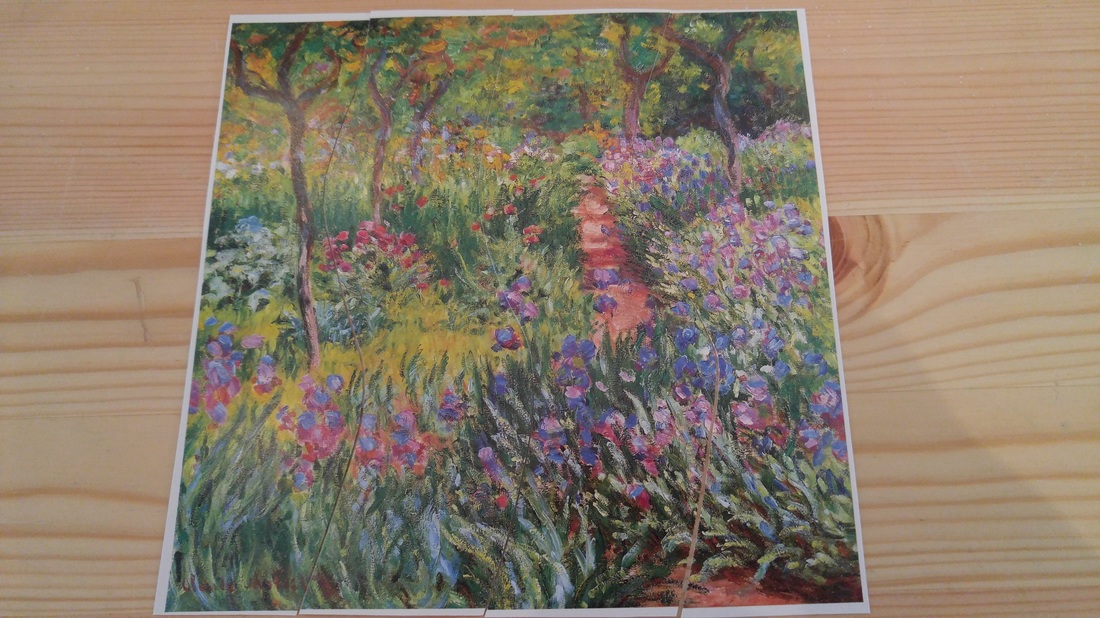
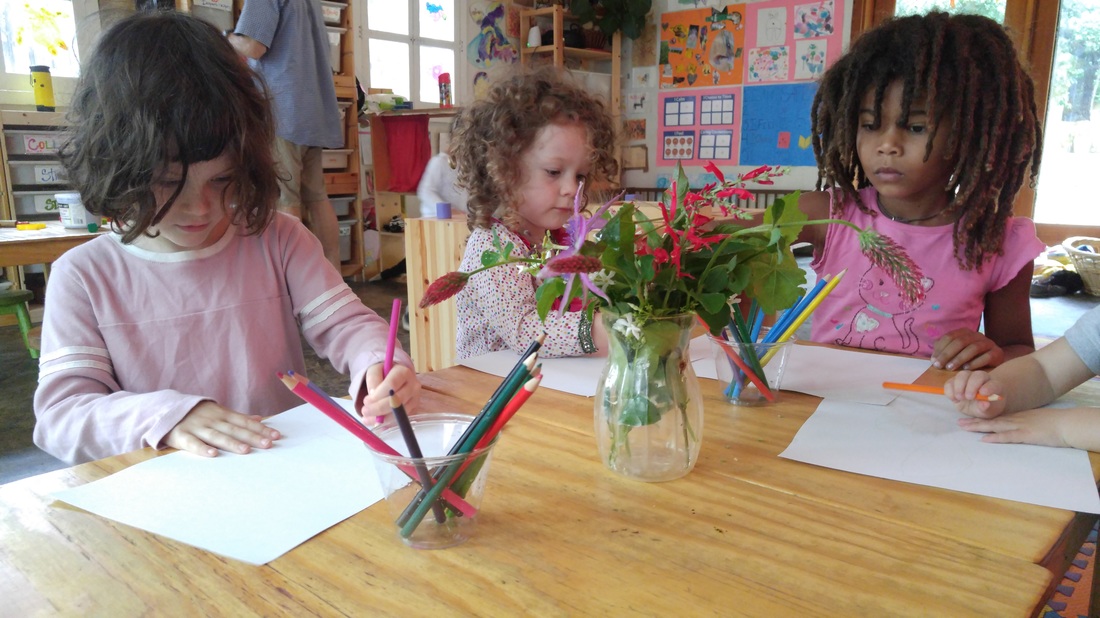
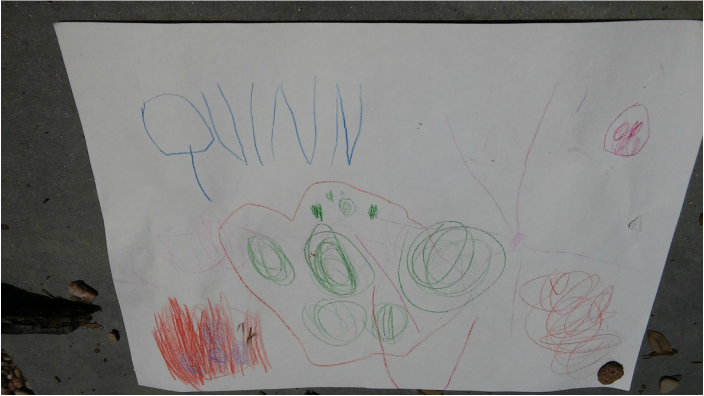
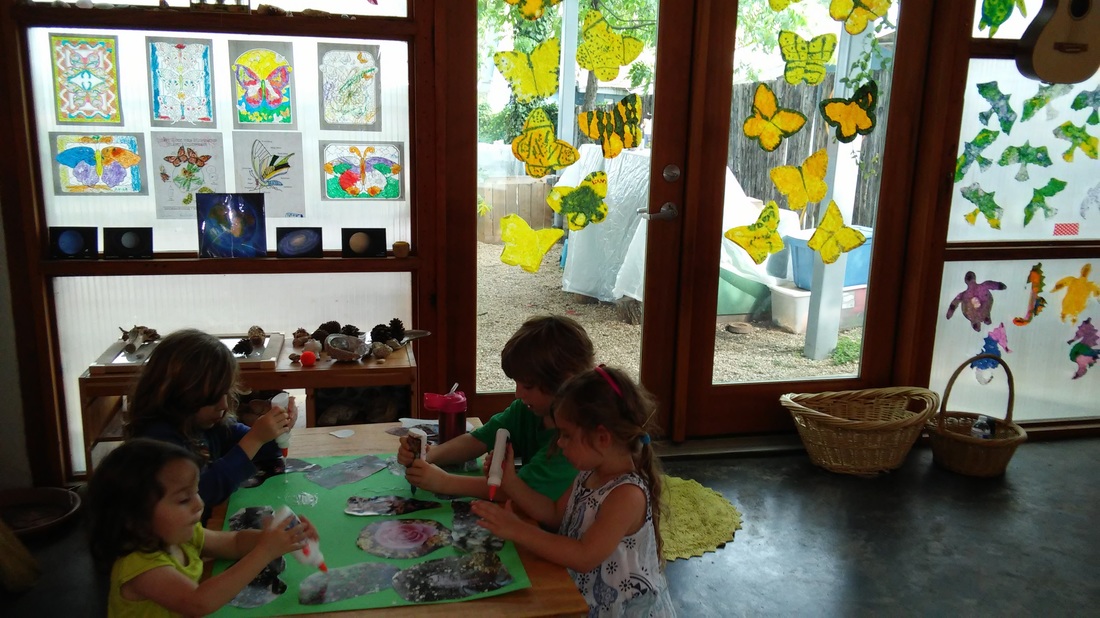
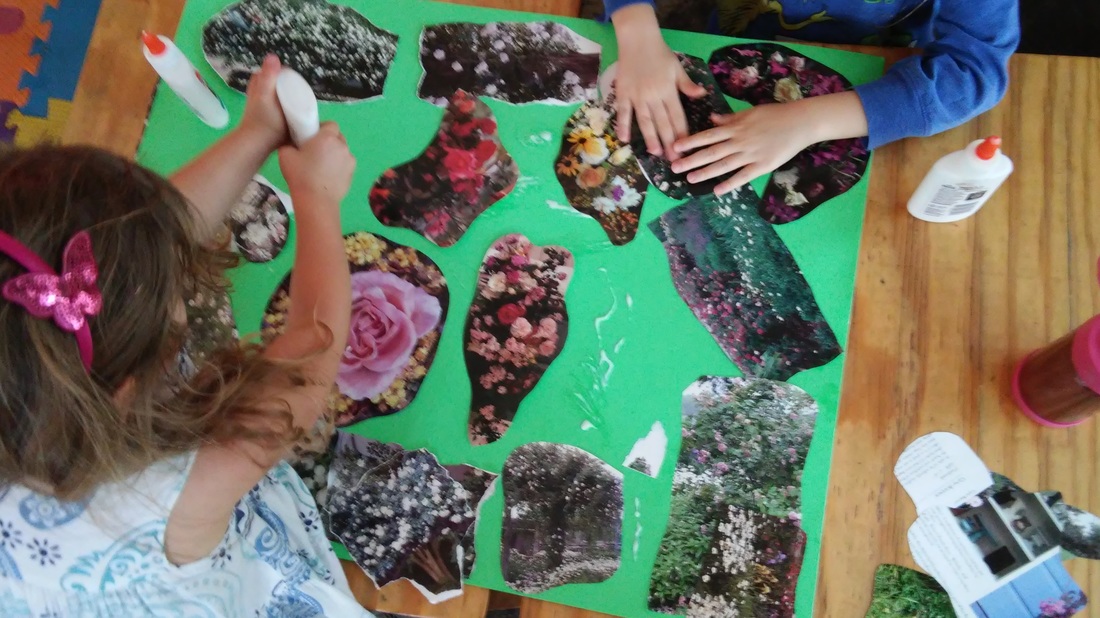
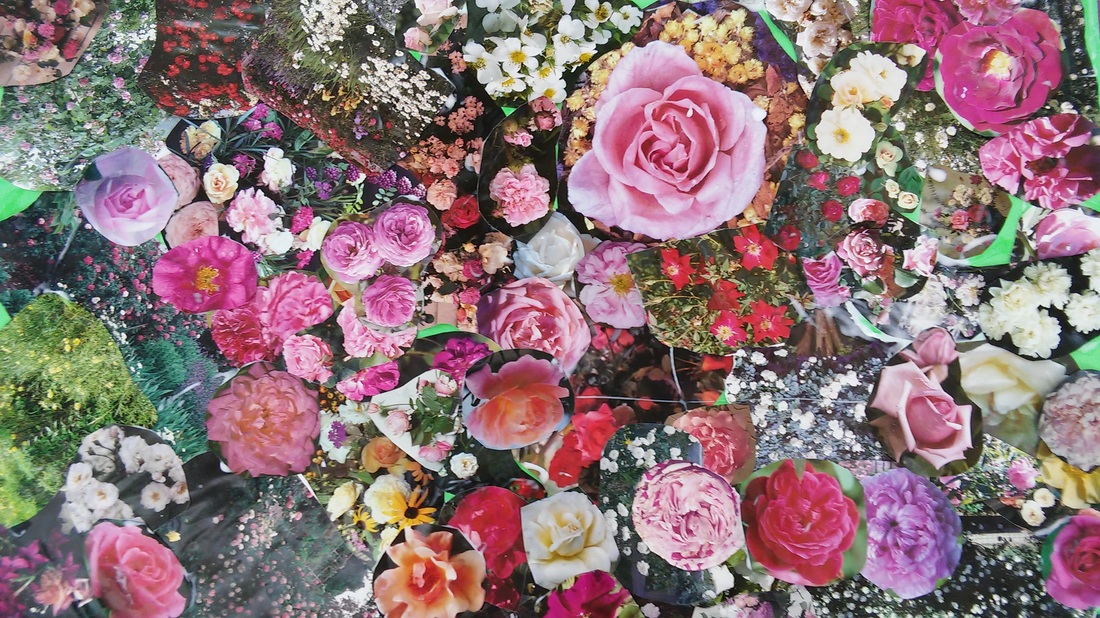
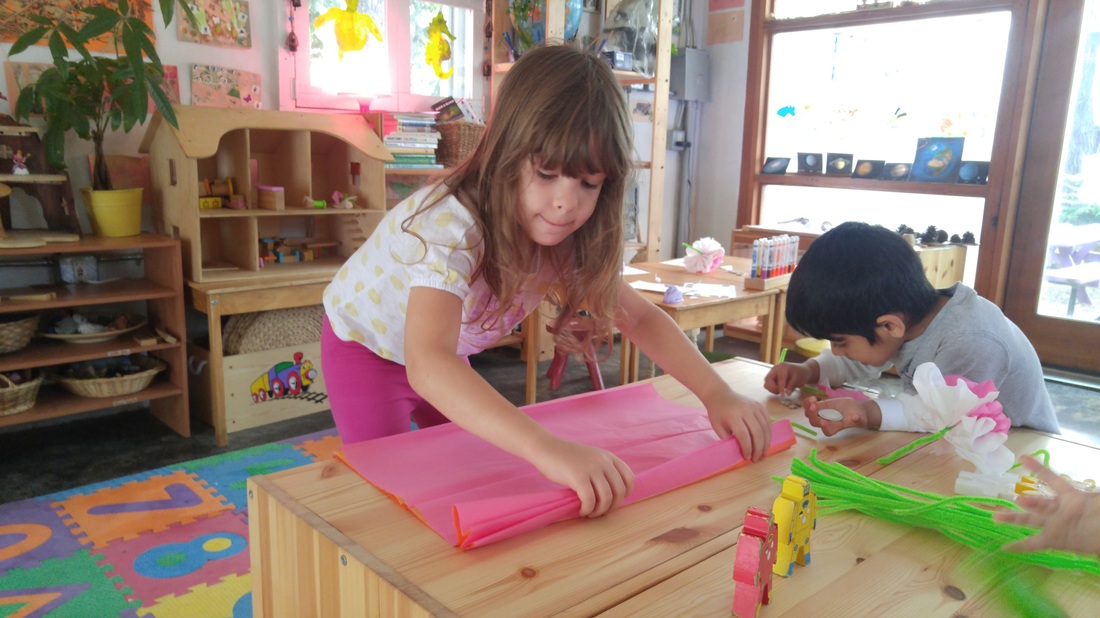
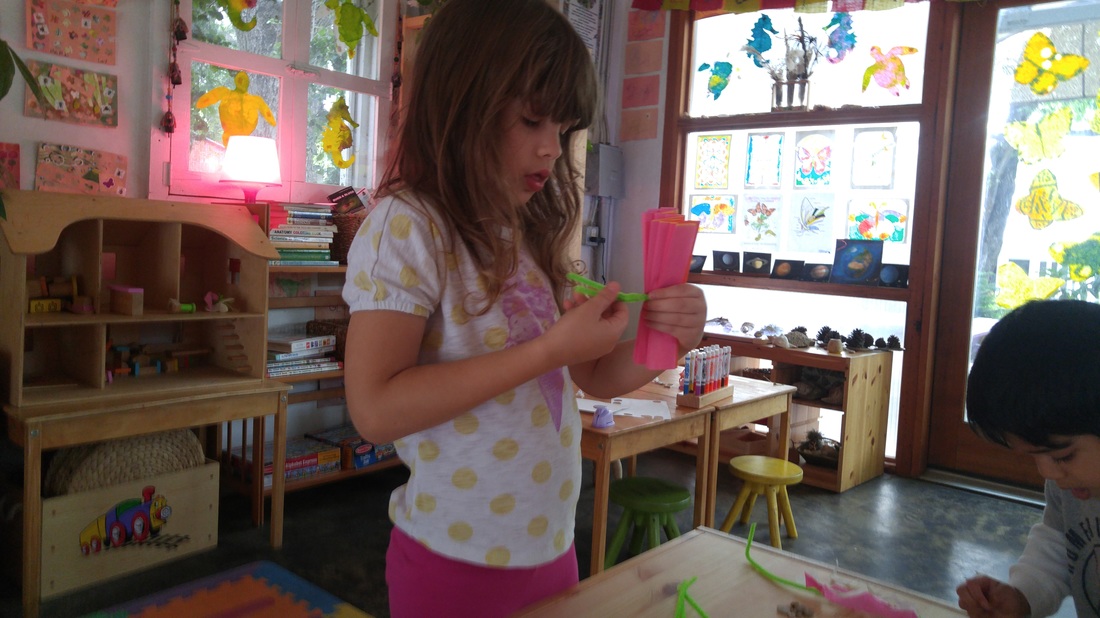
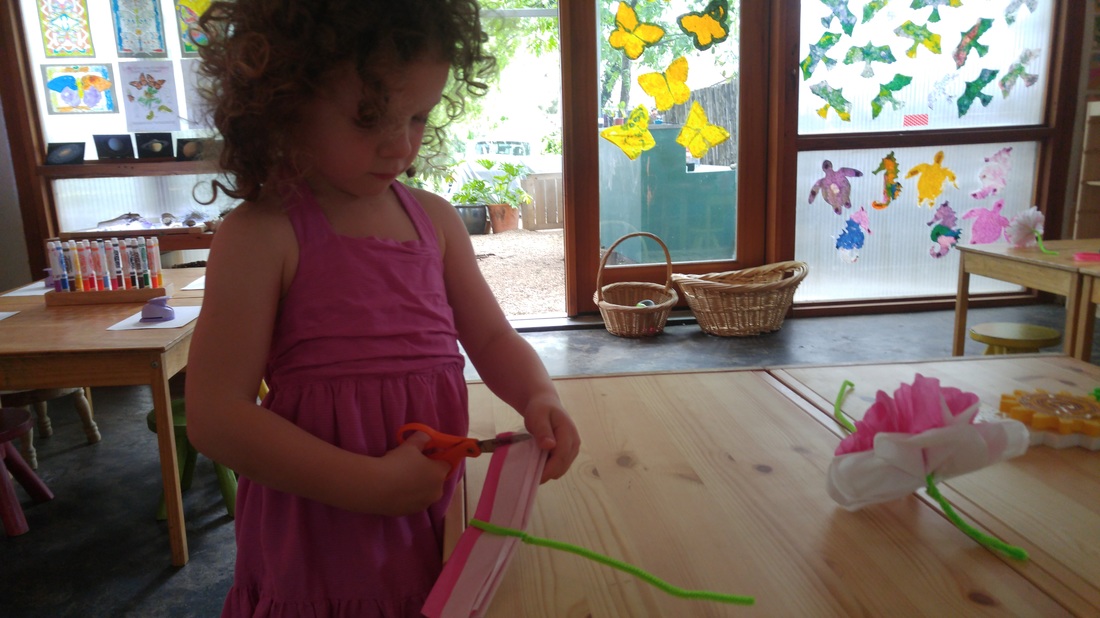

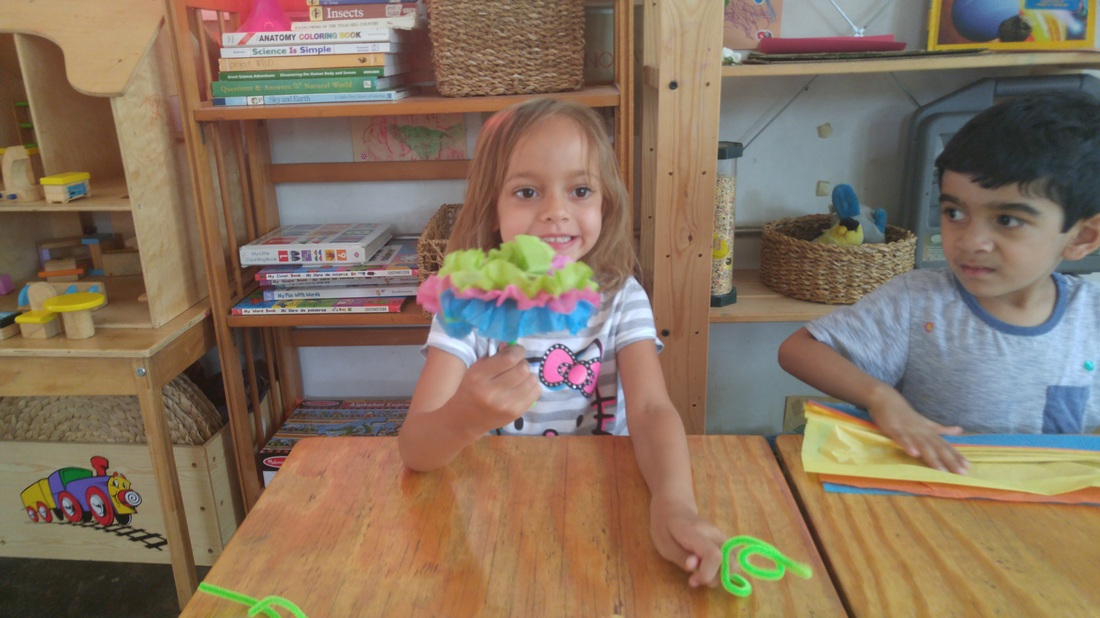
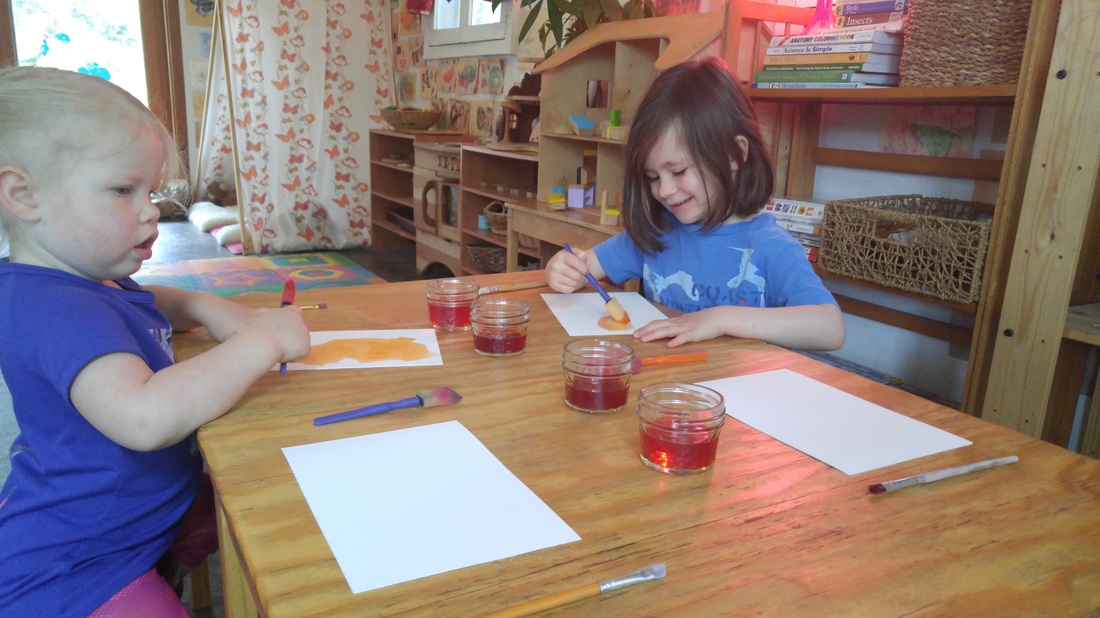
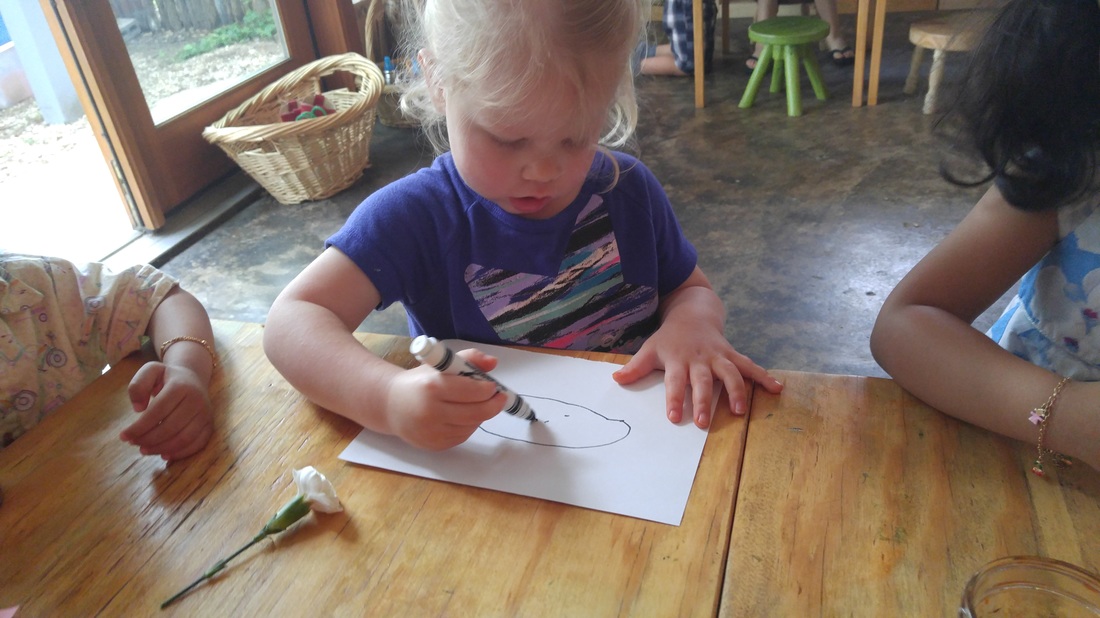
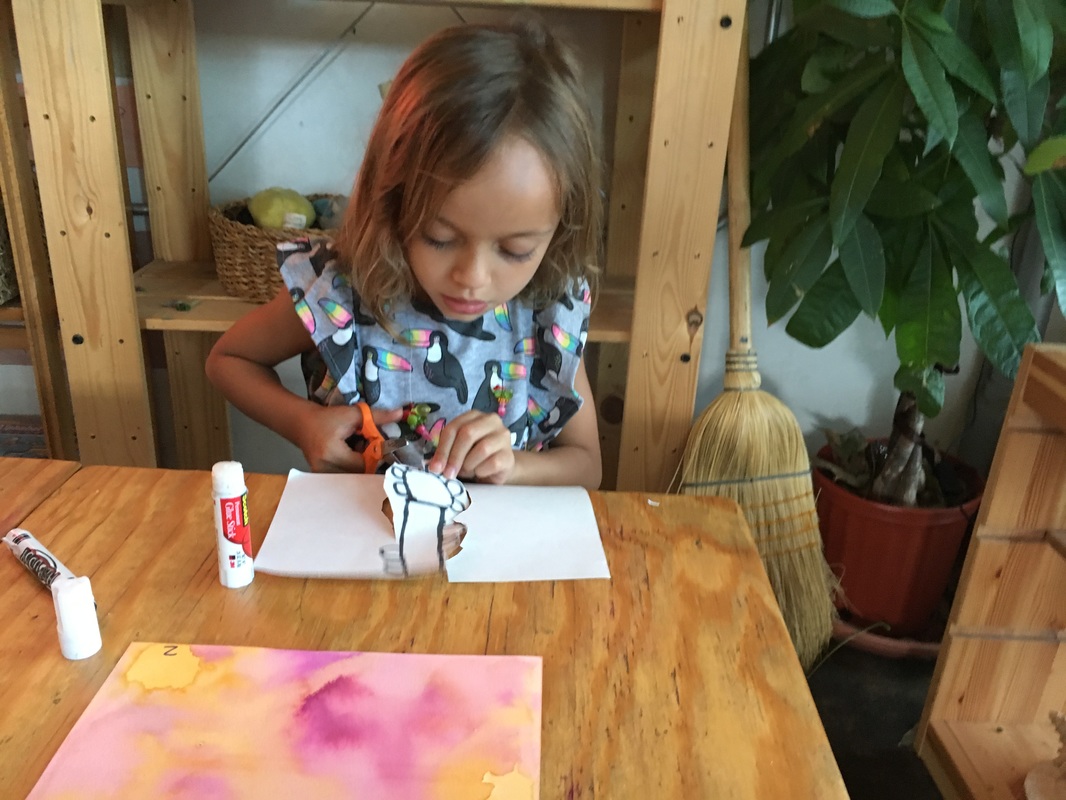
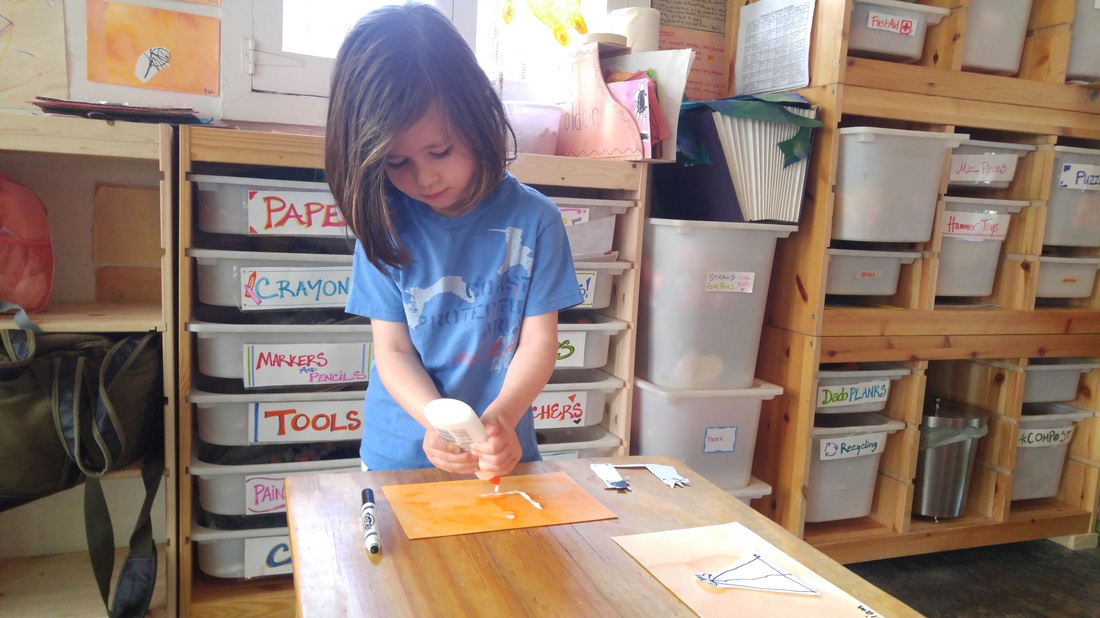
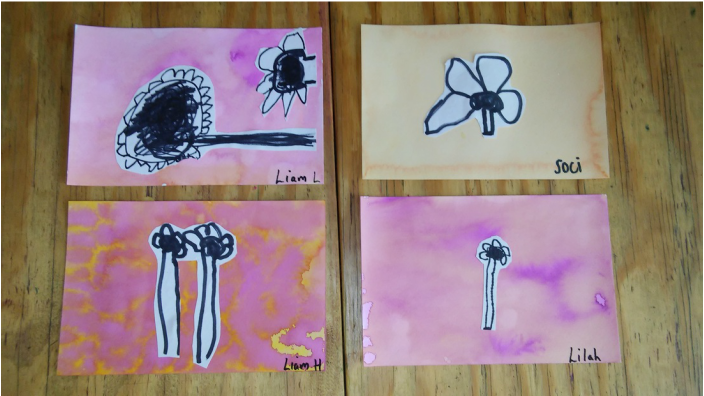
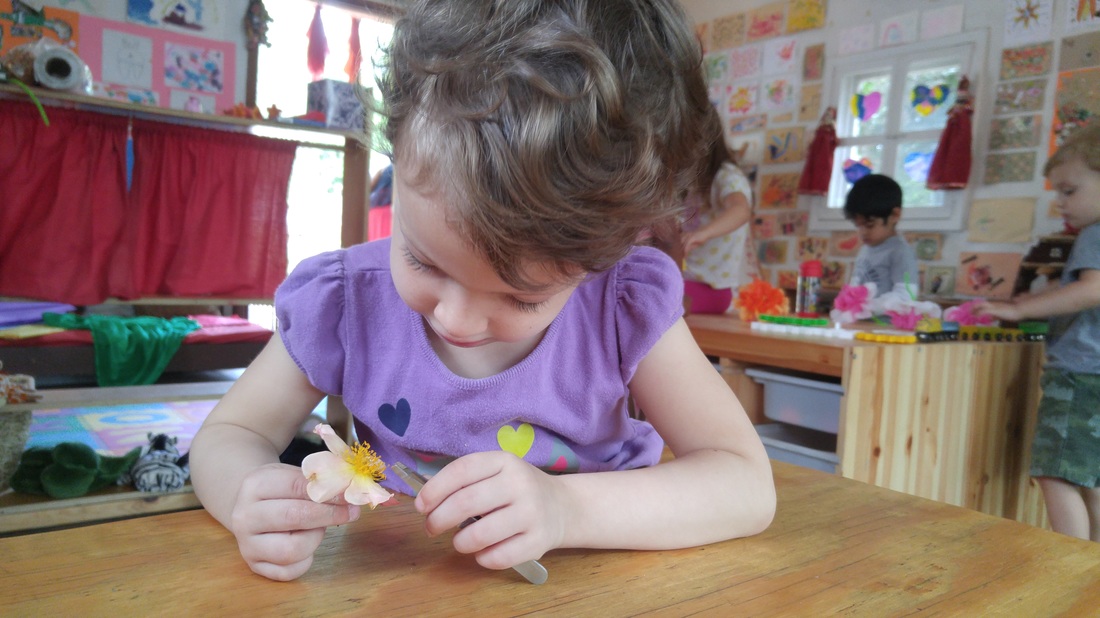
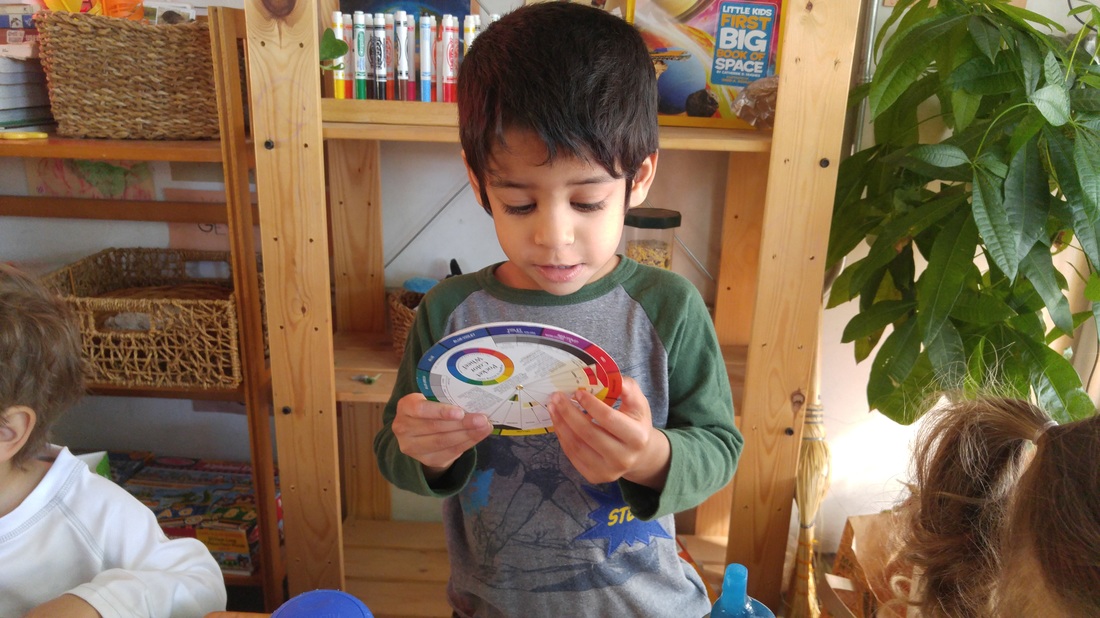
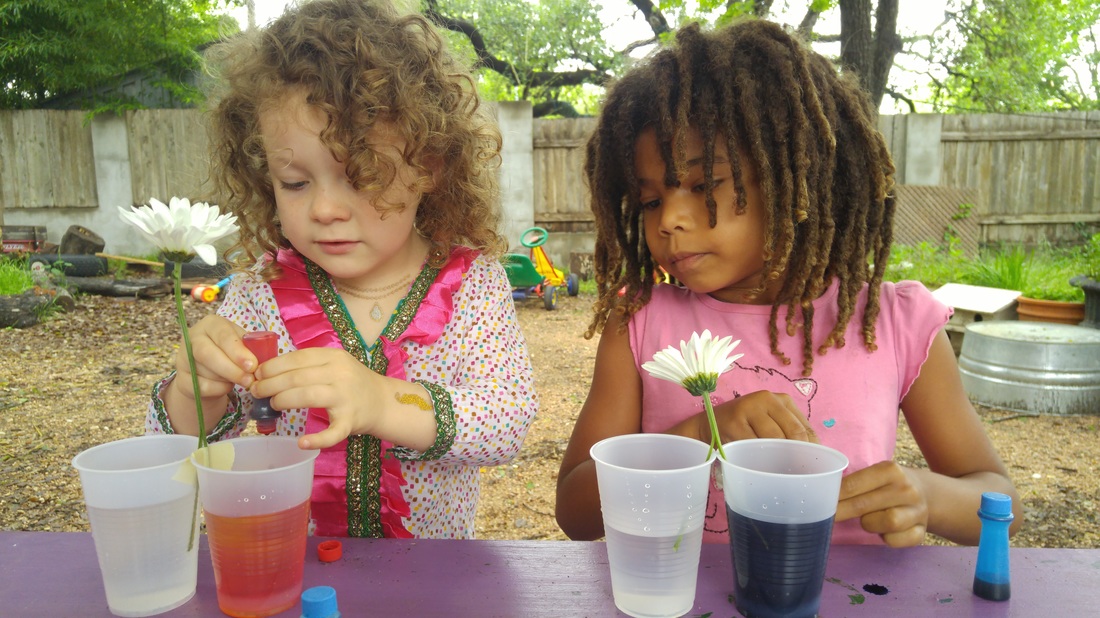
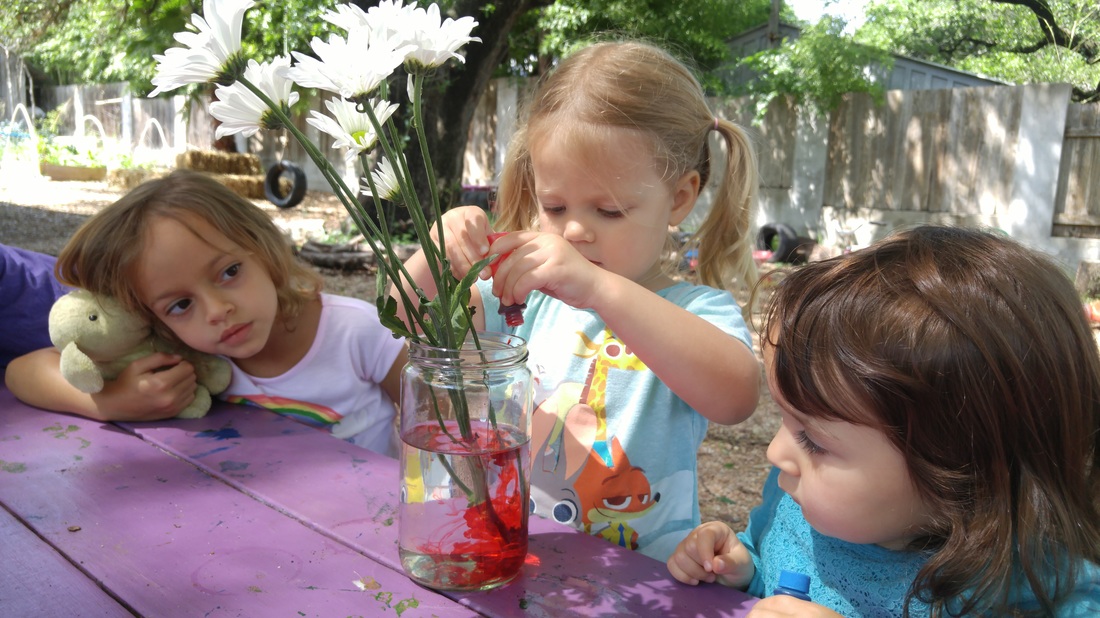
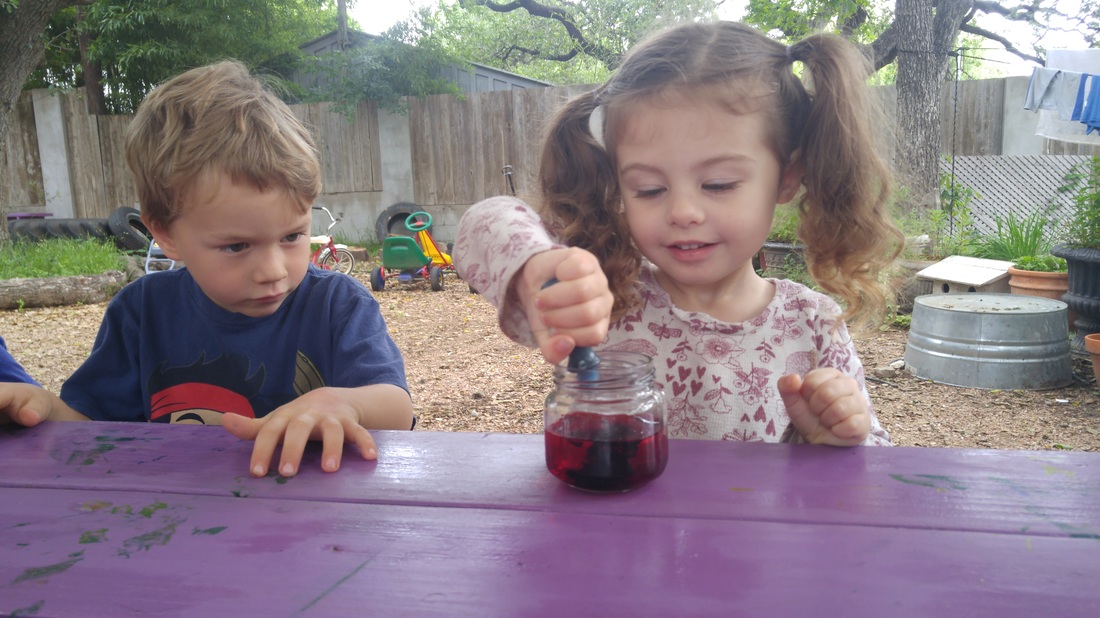
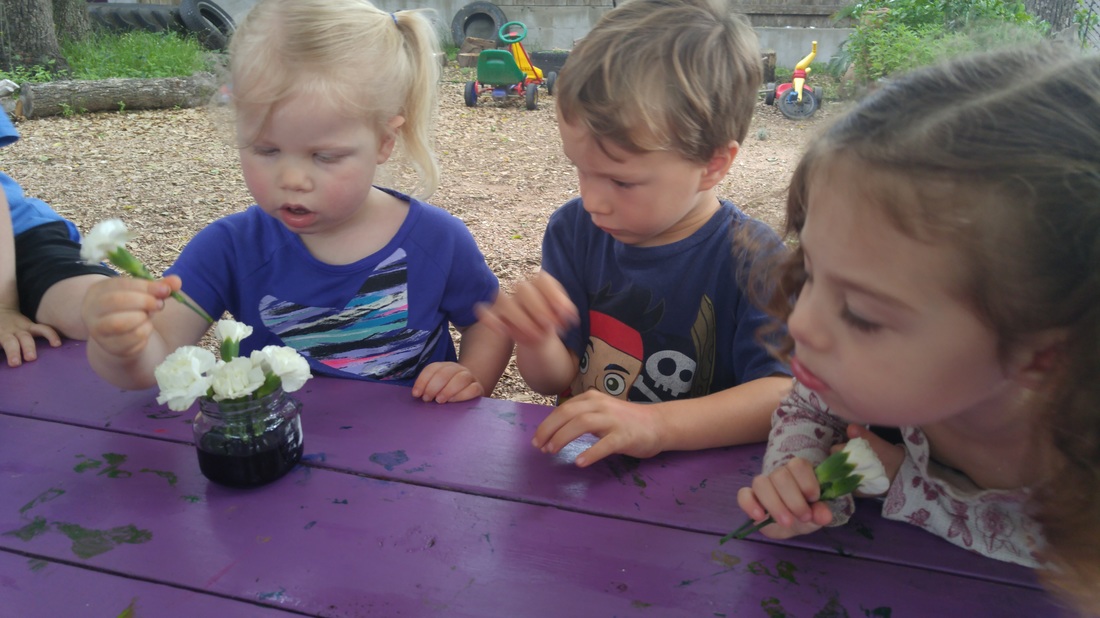
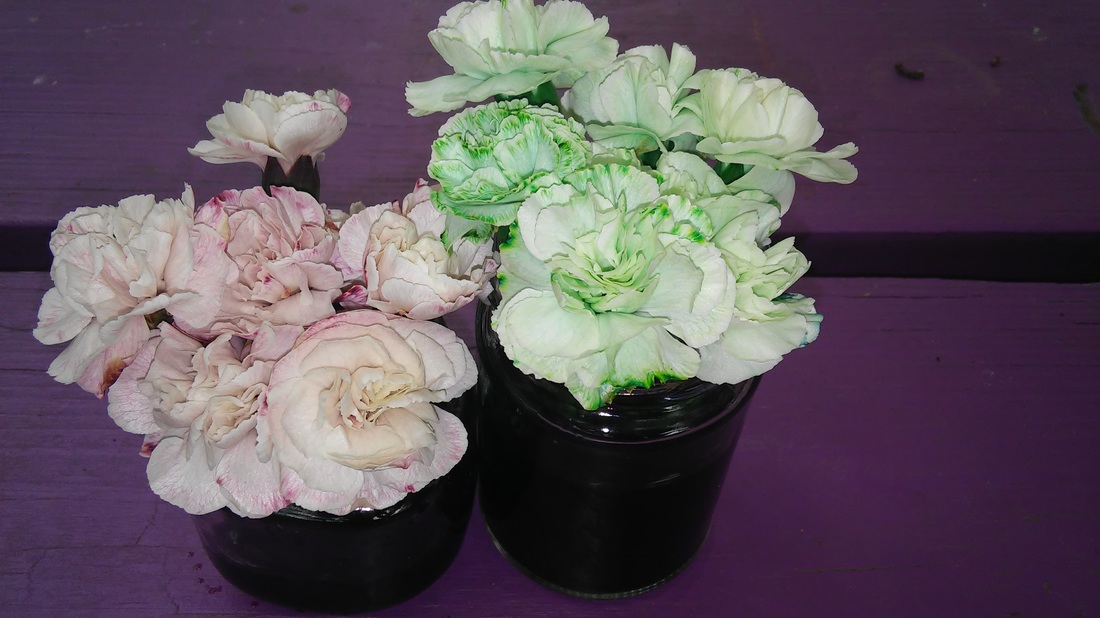
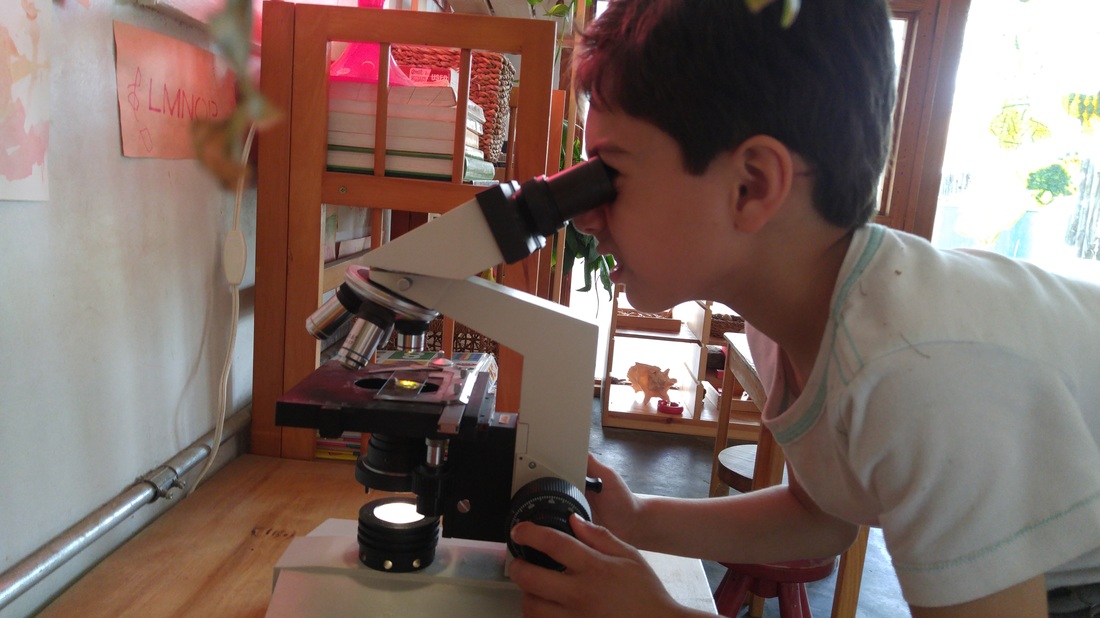
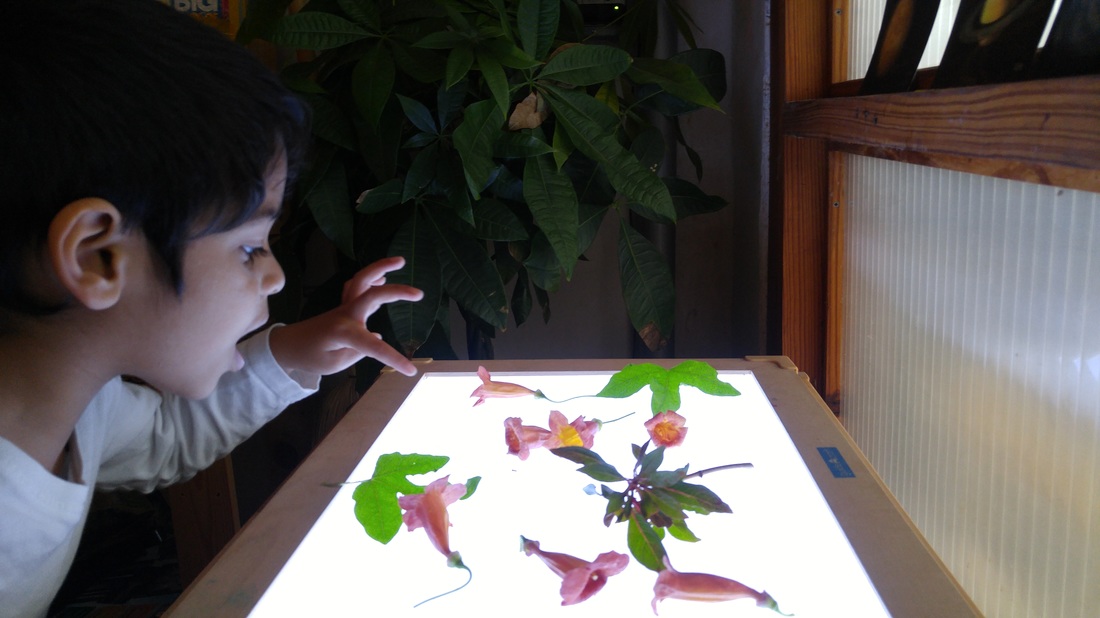
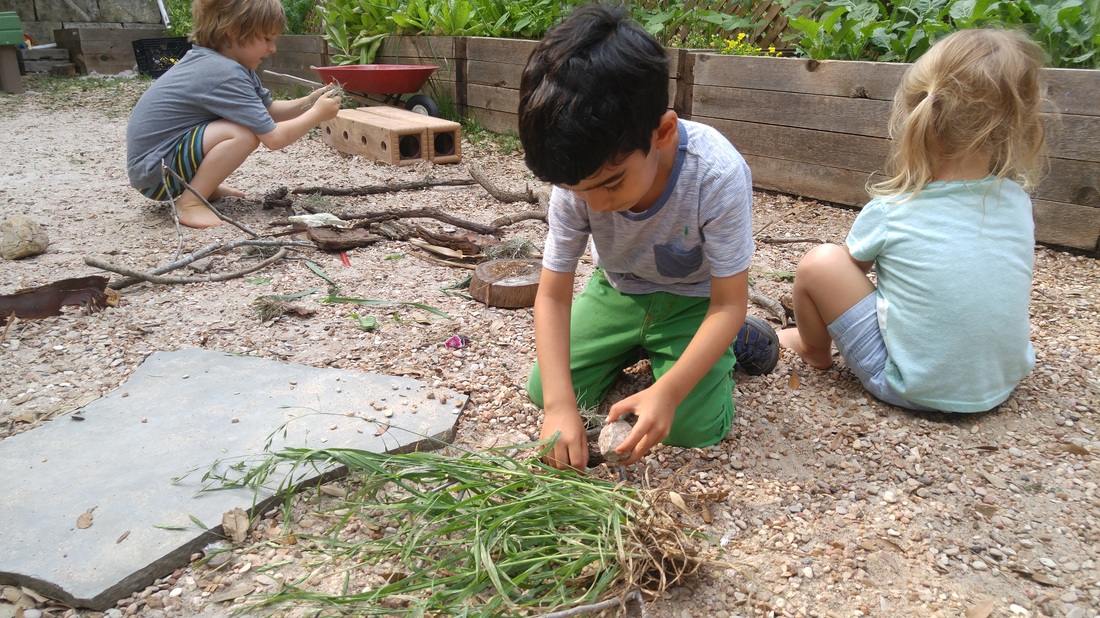
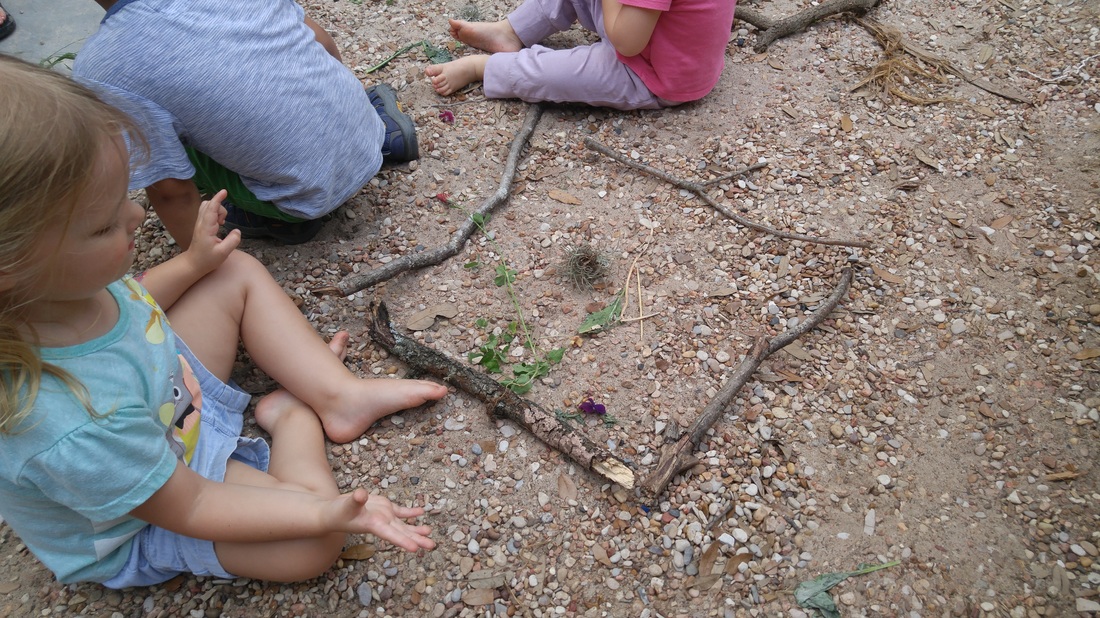
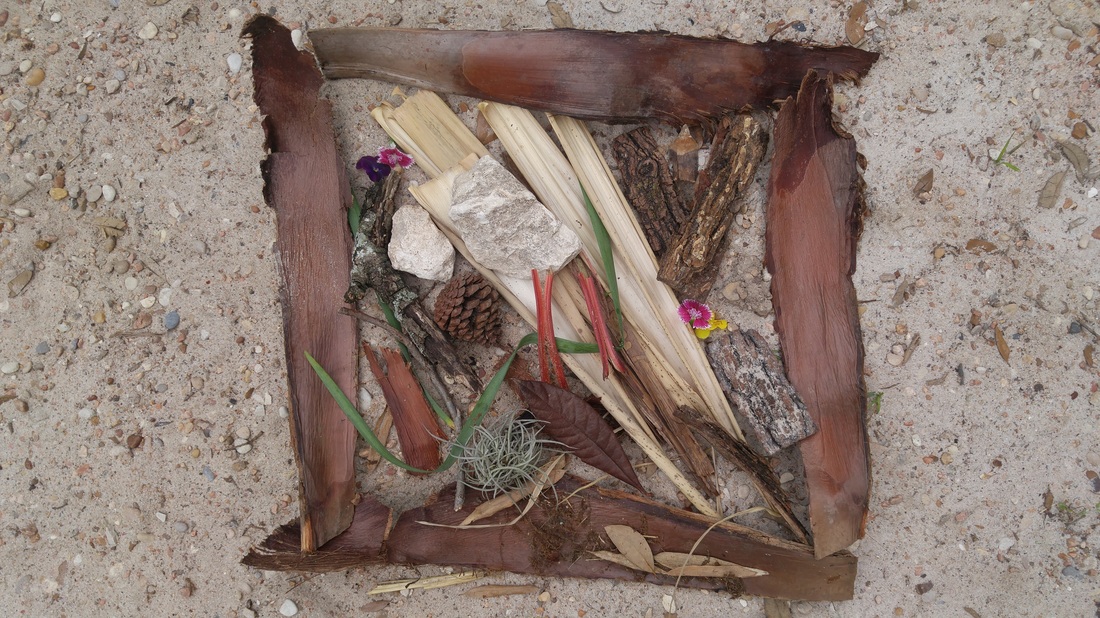
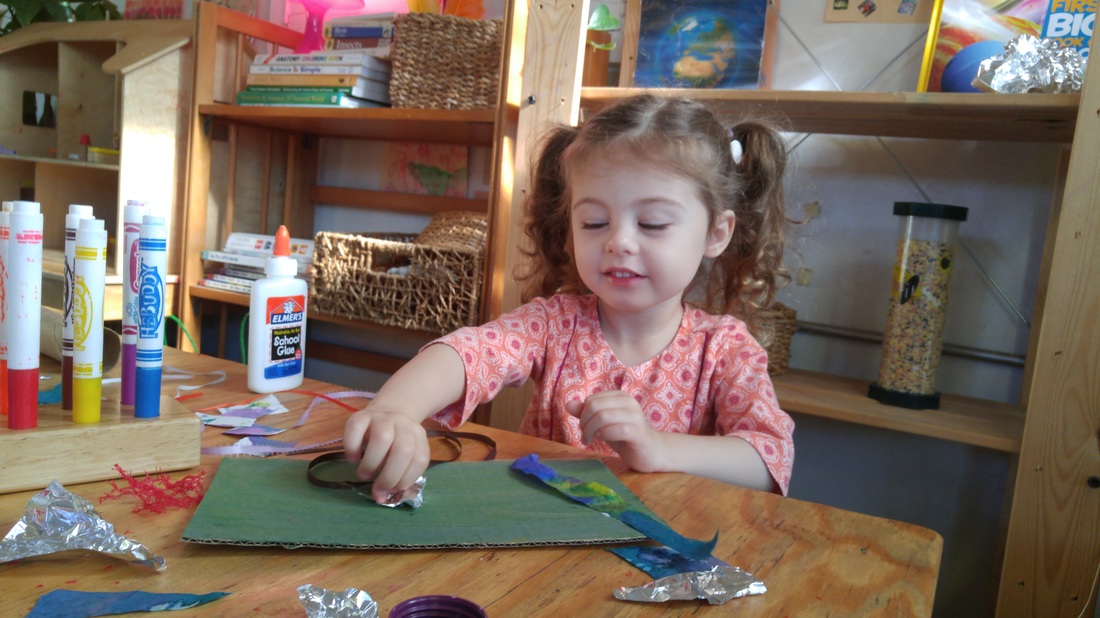
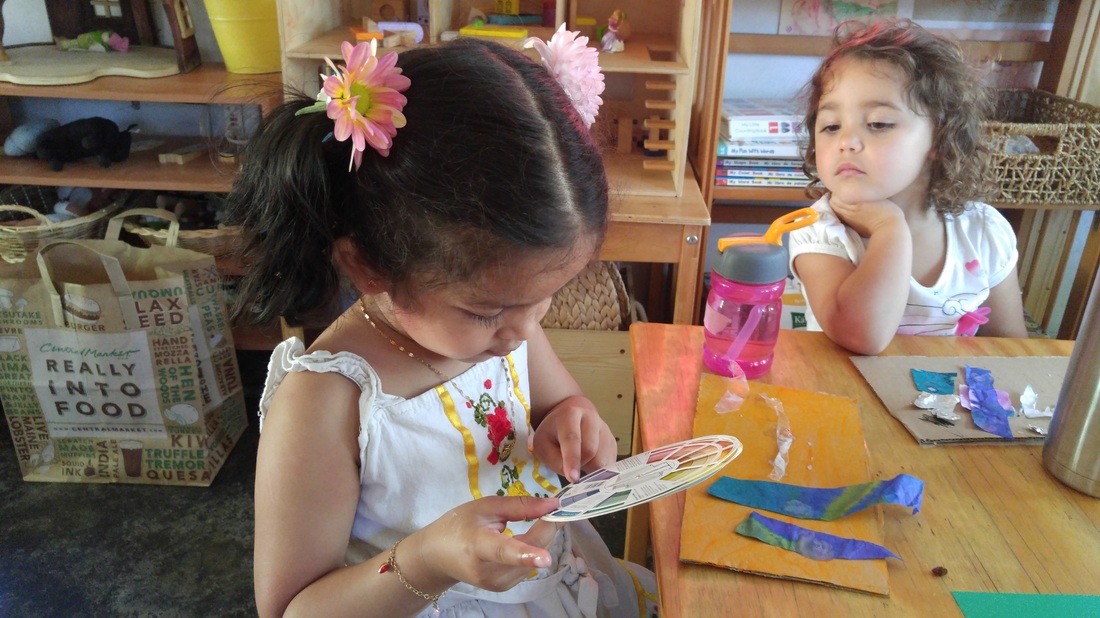
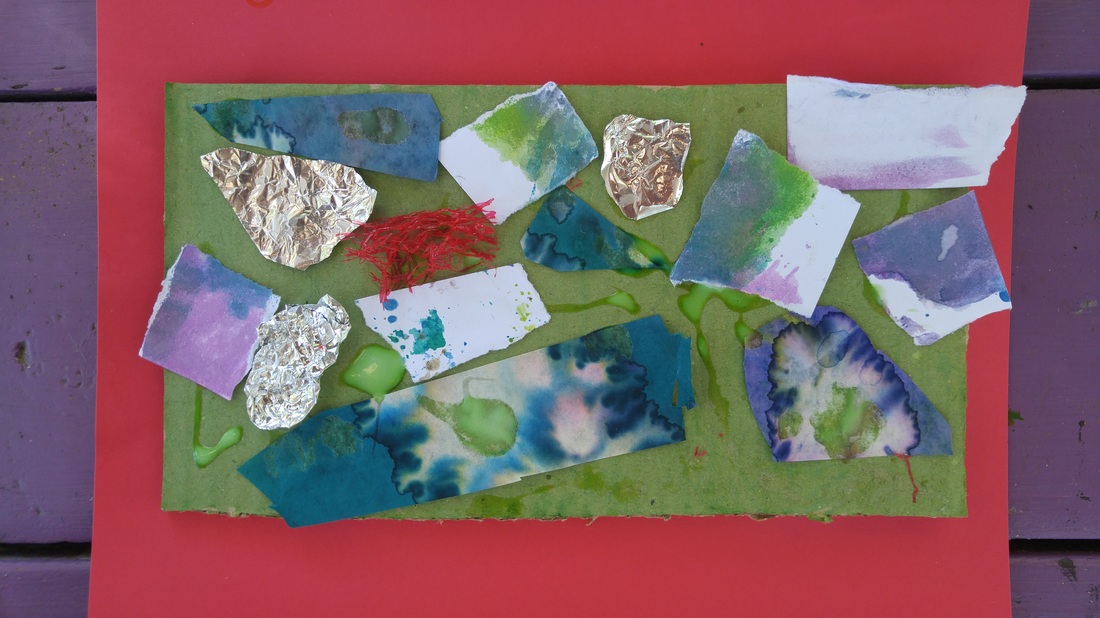
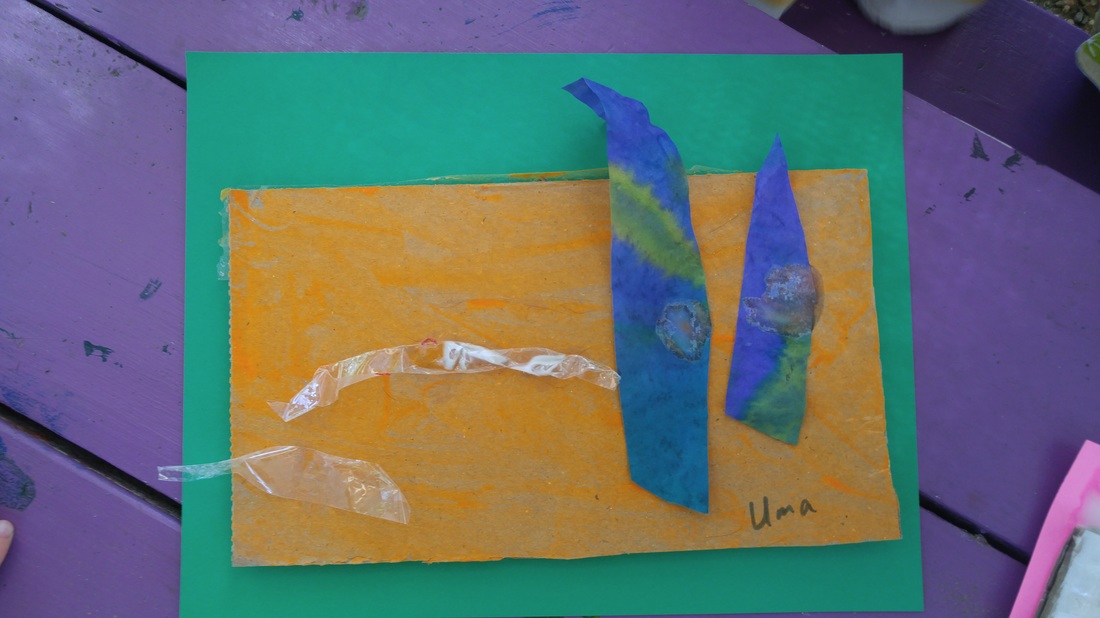
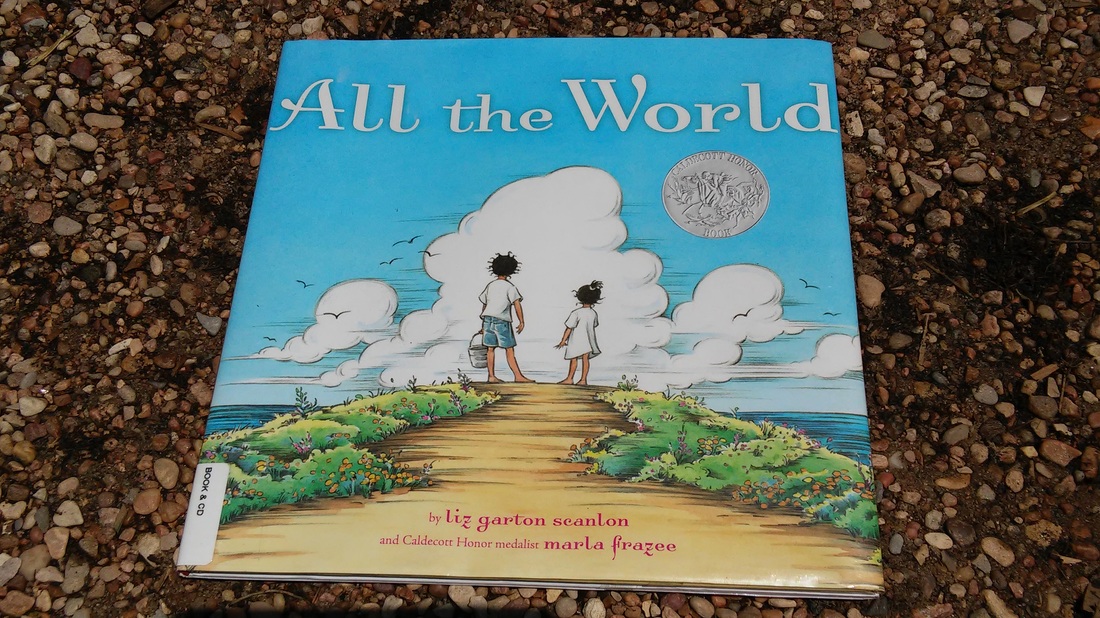
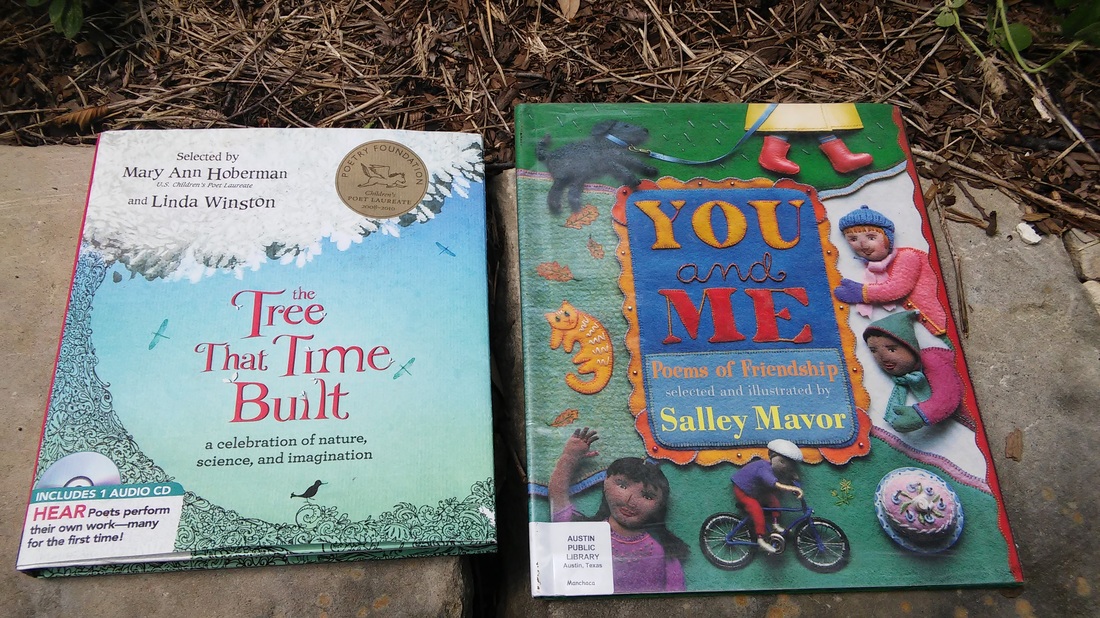
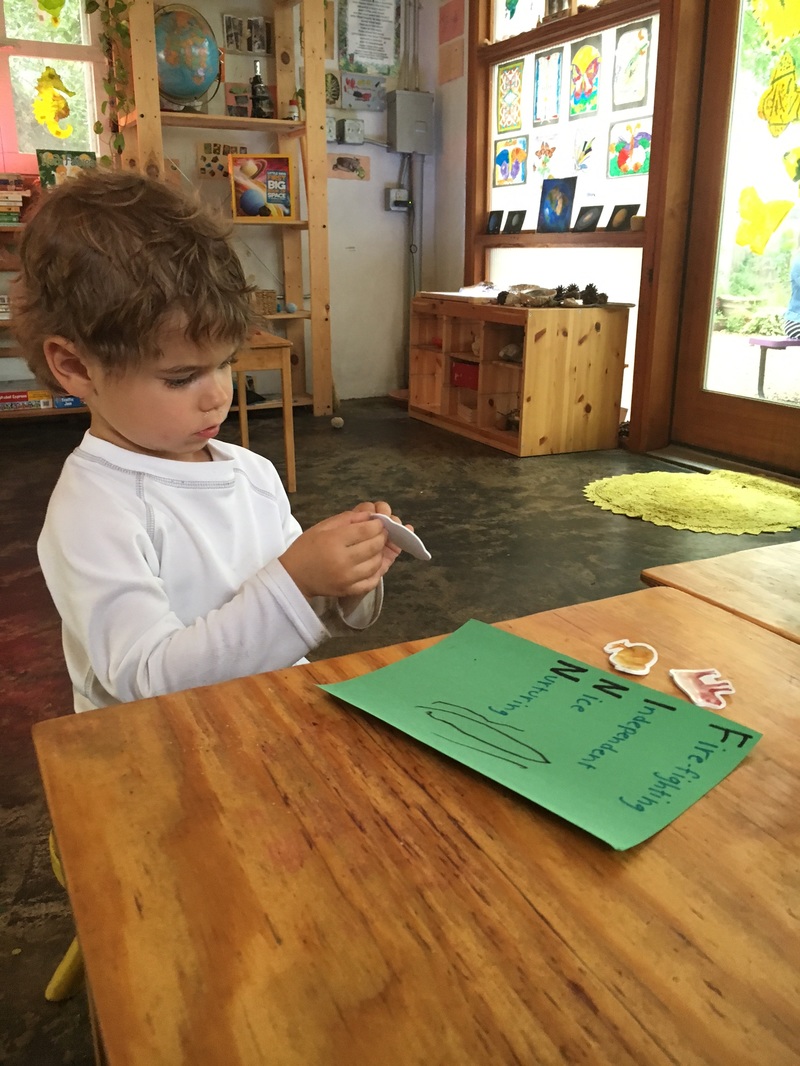
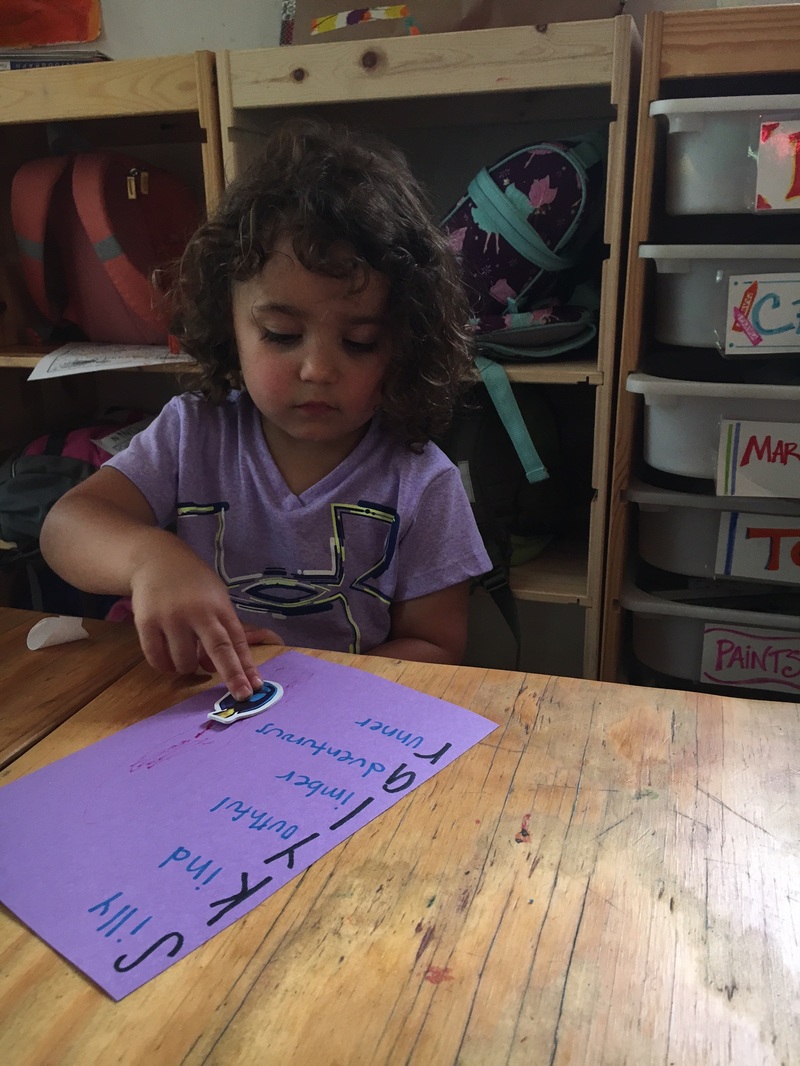
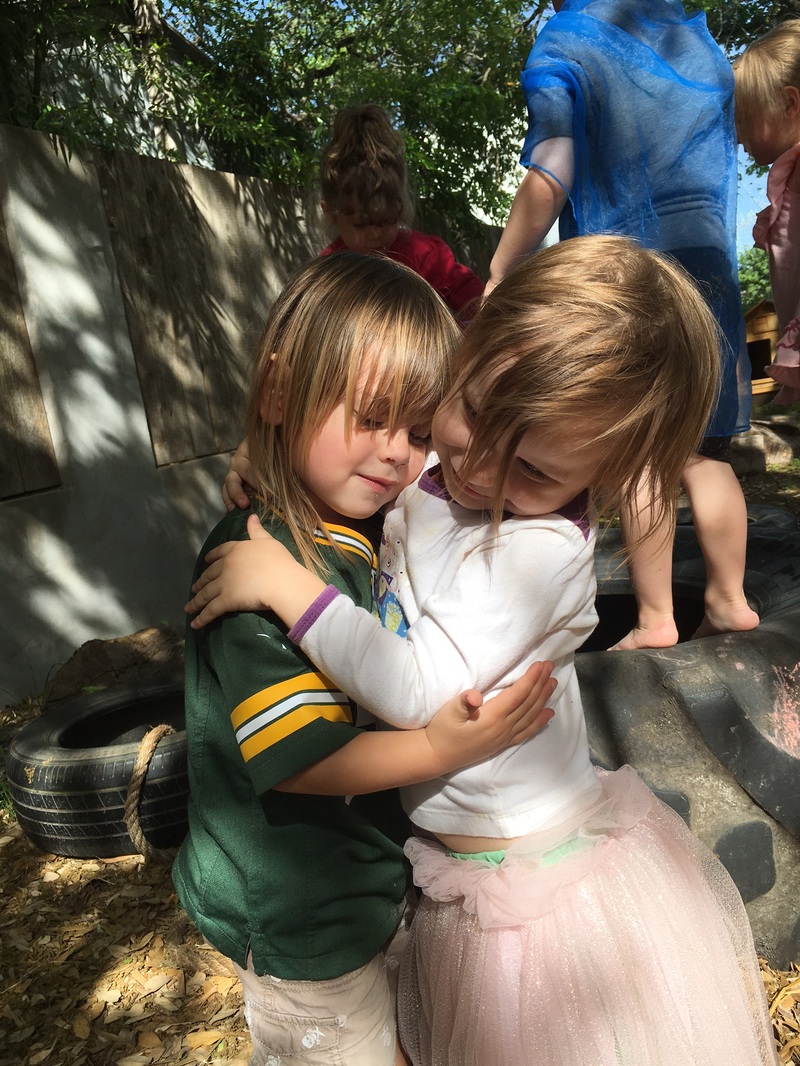
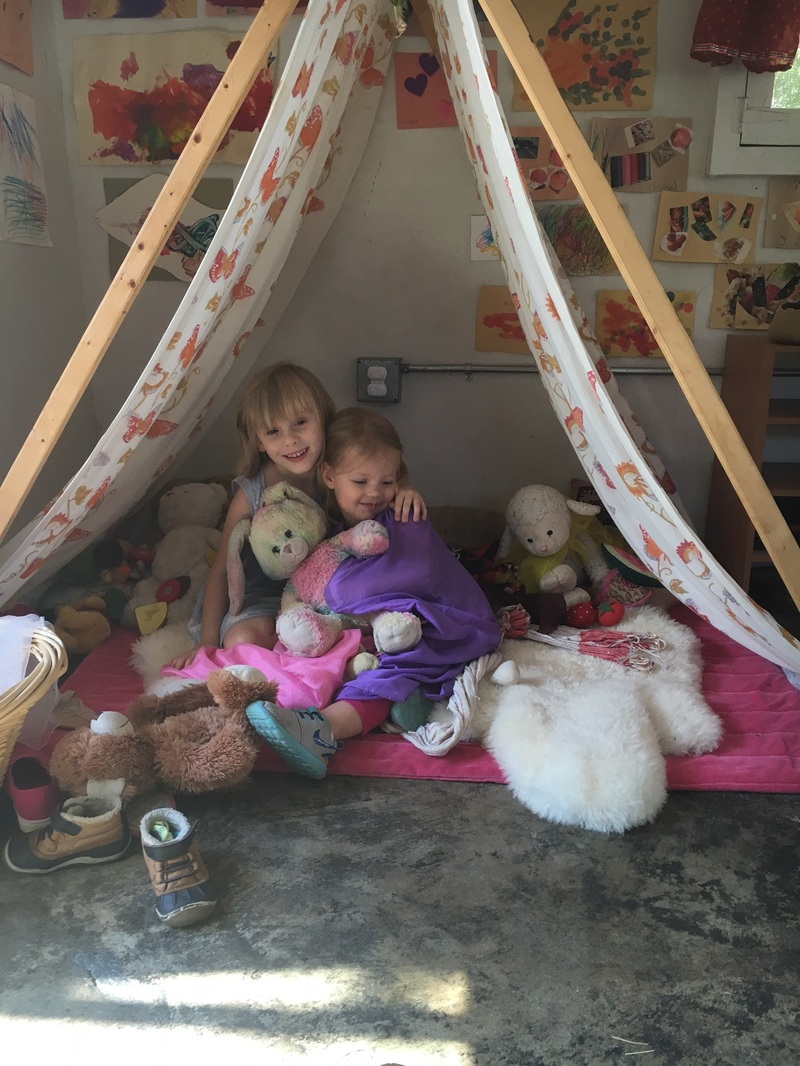
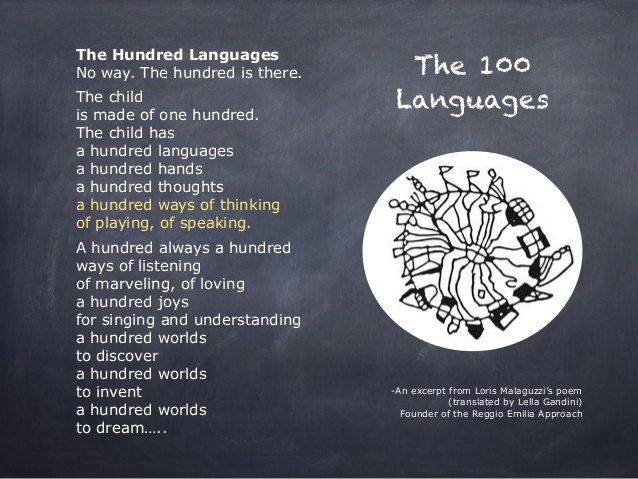
 RSS Feed
RSS Feed